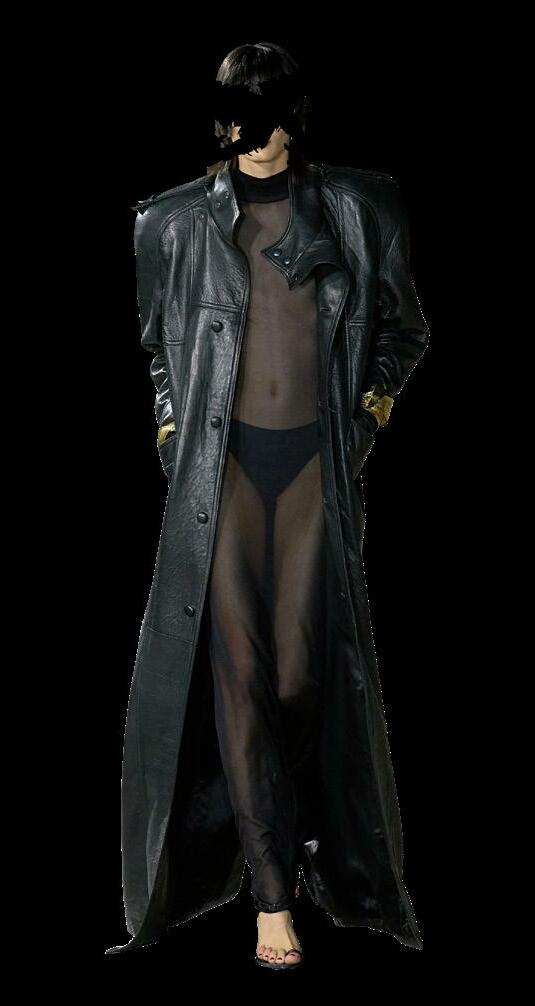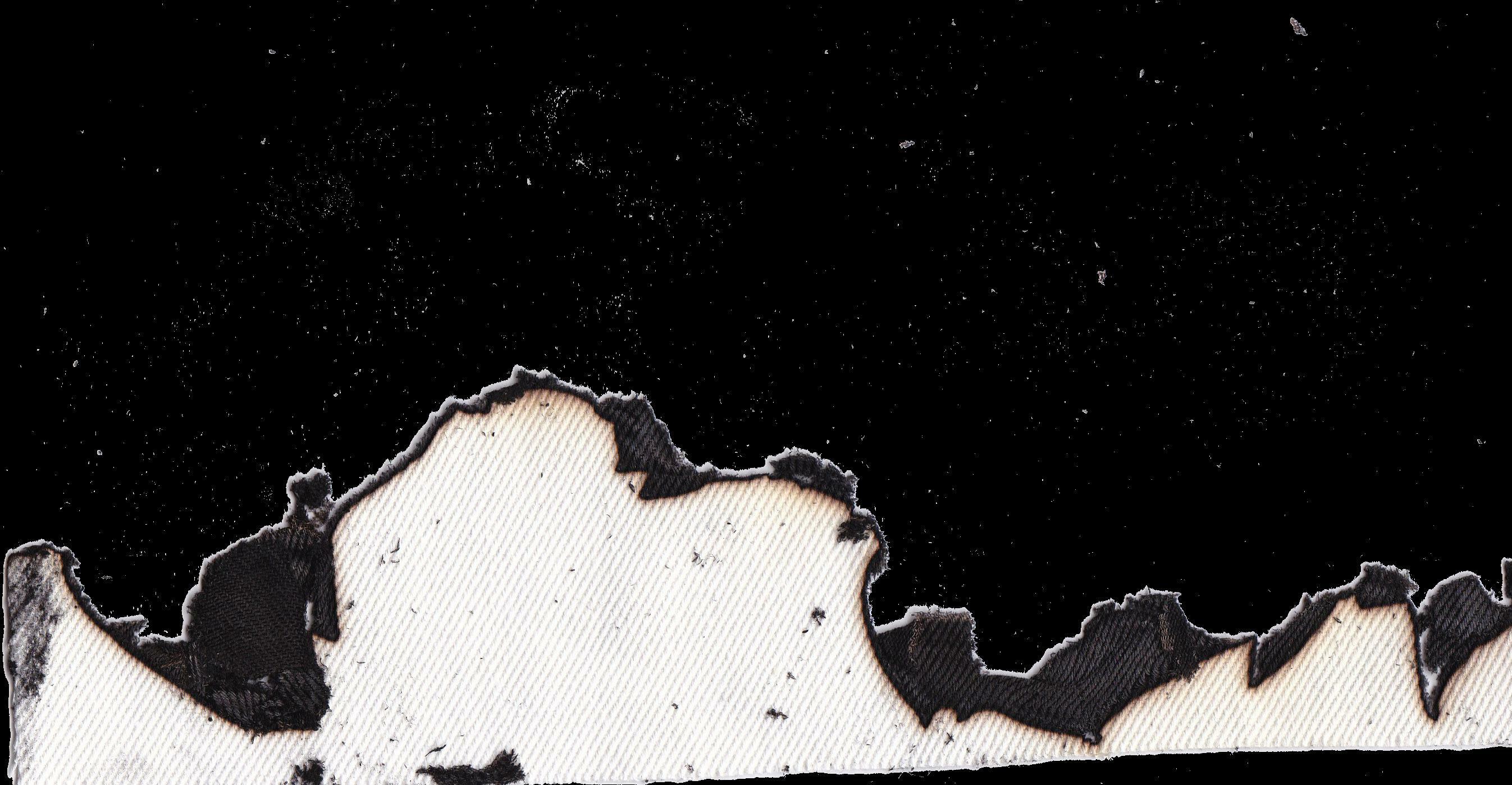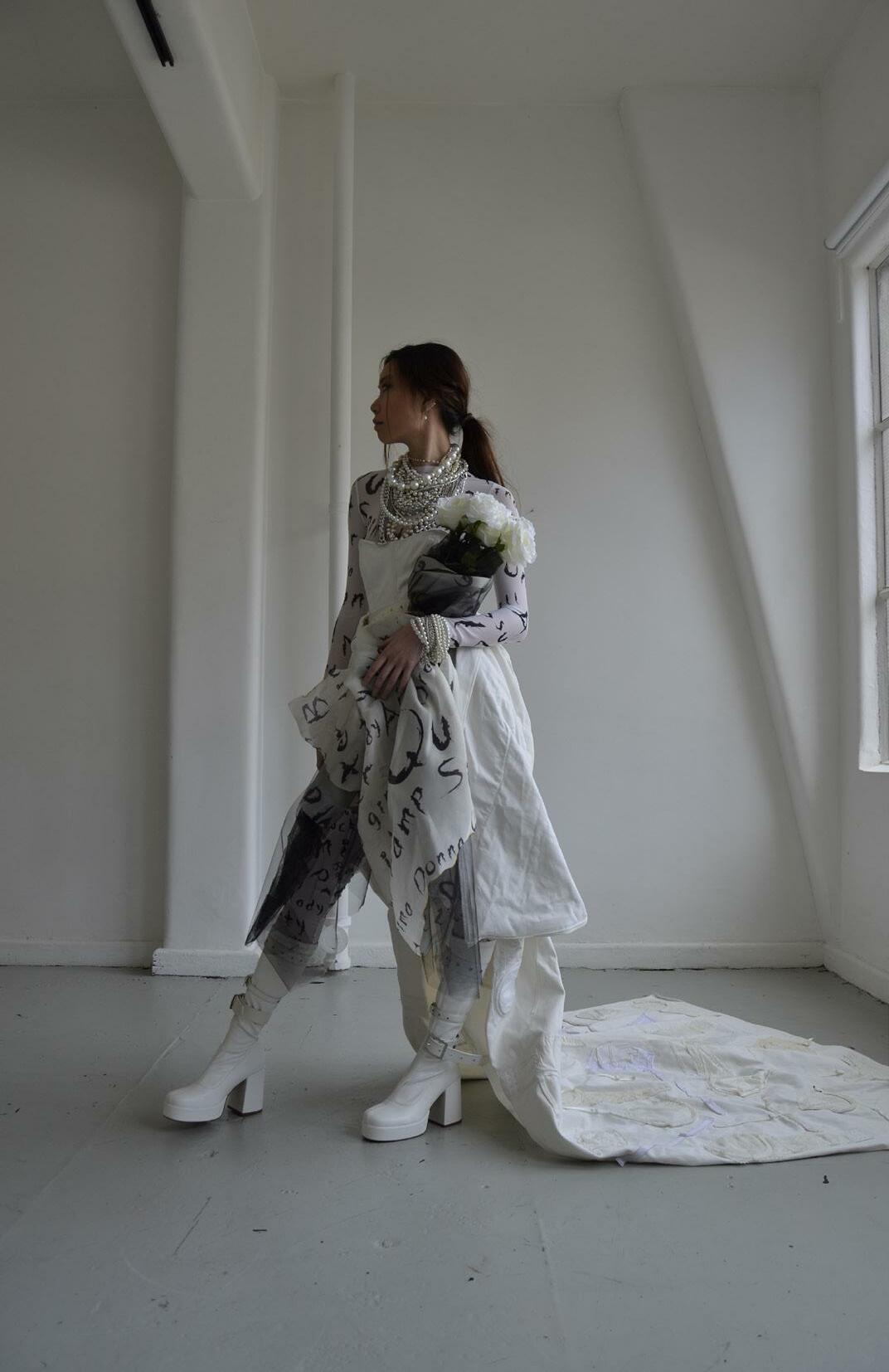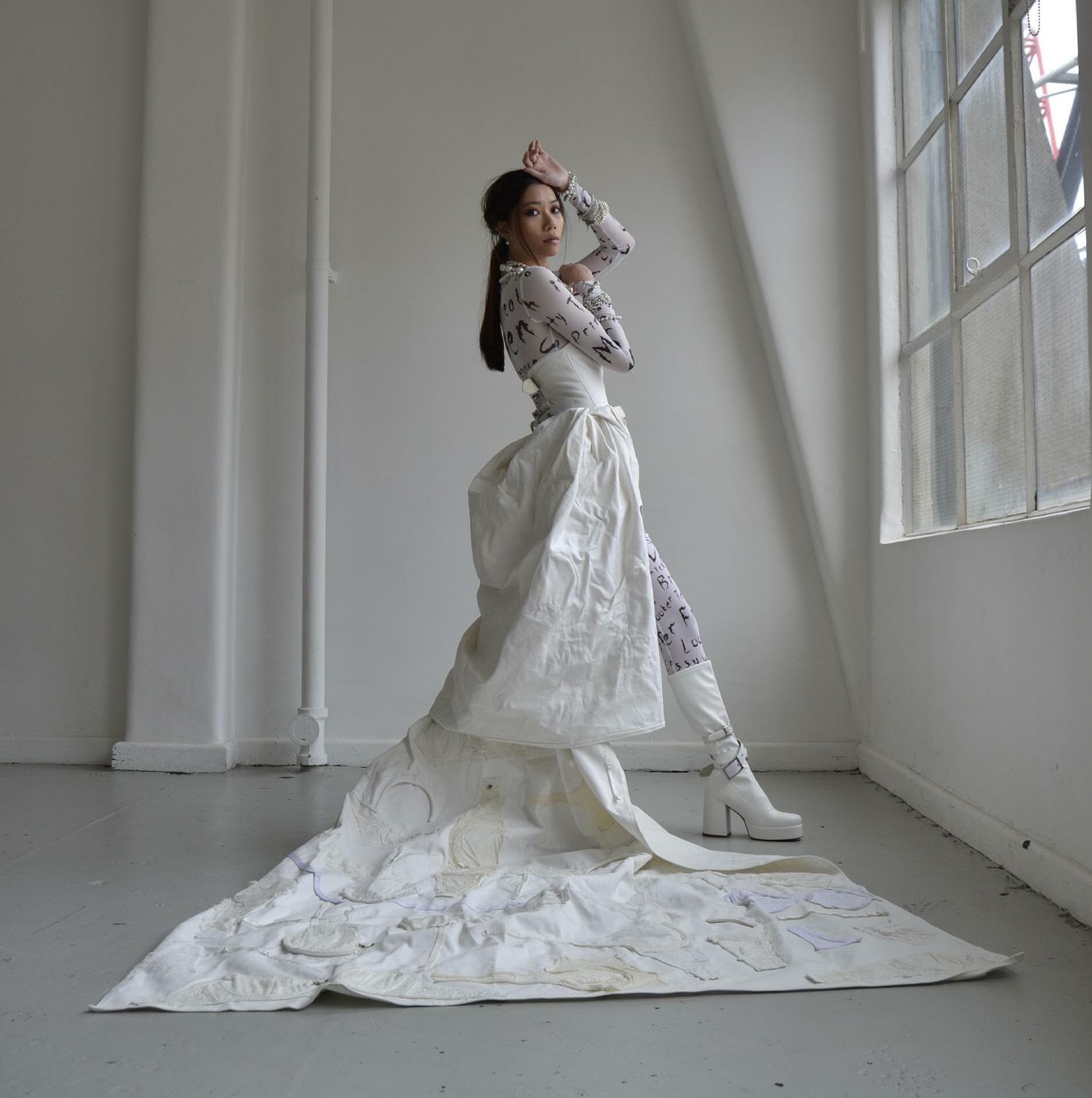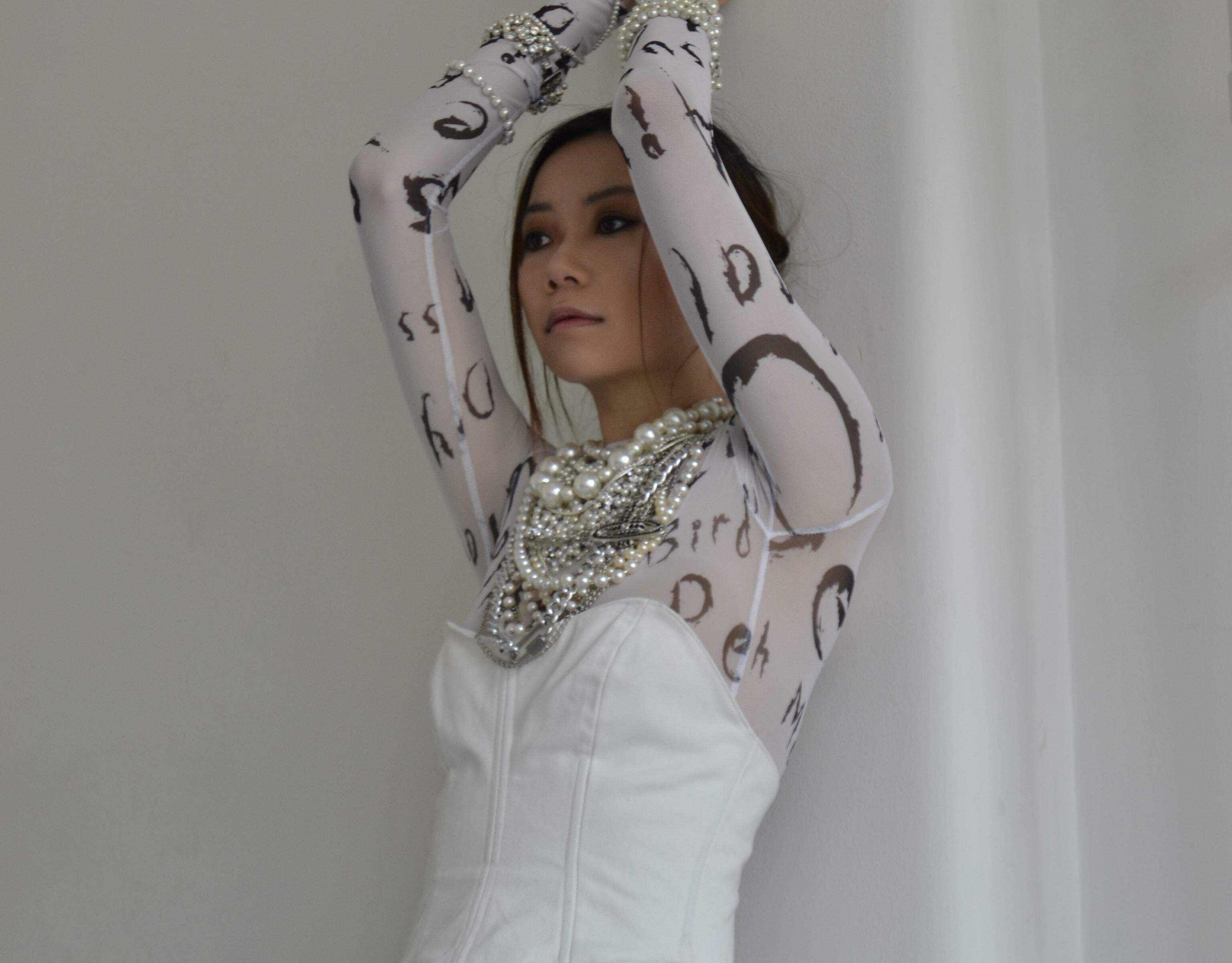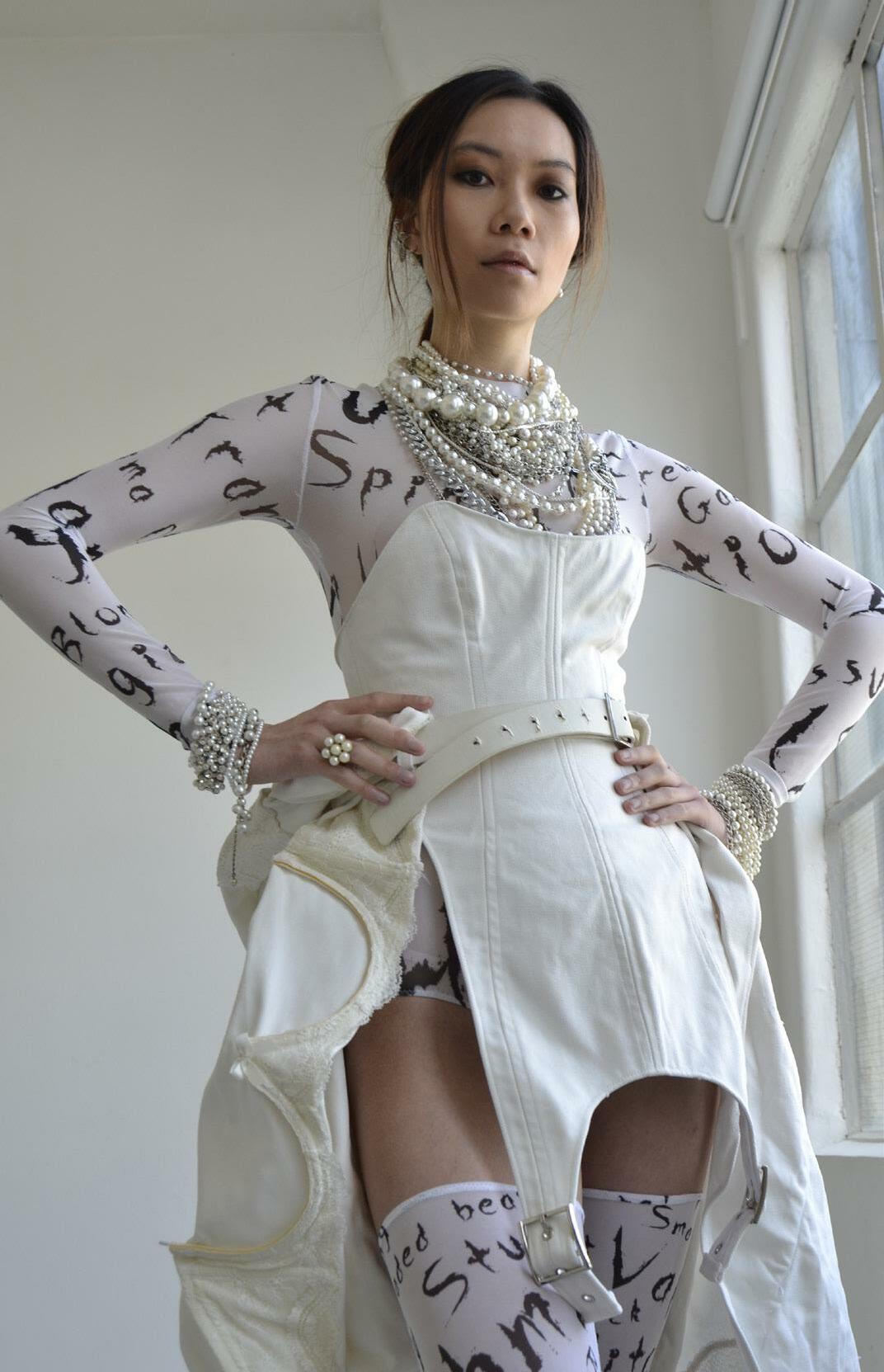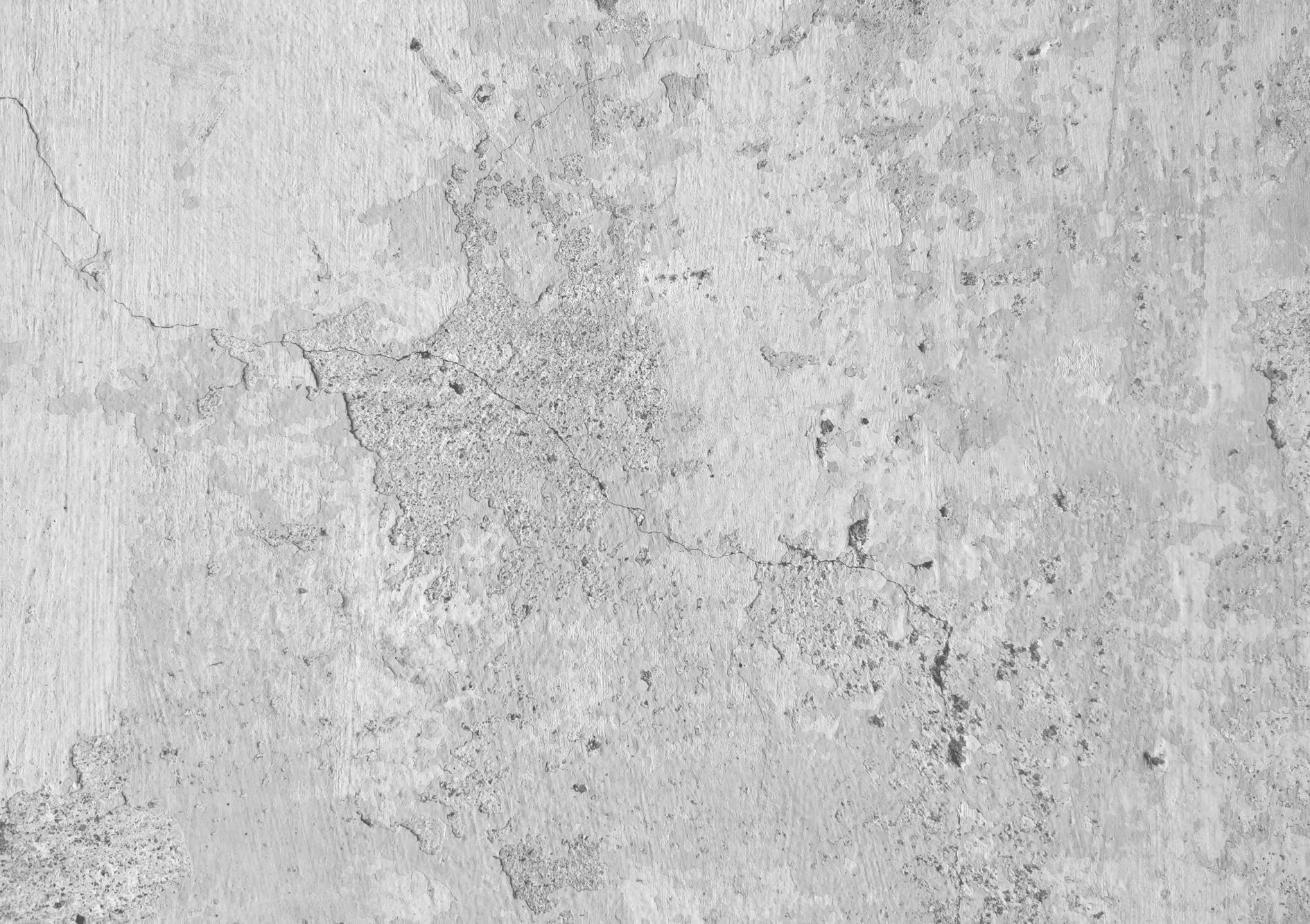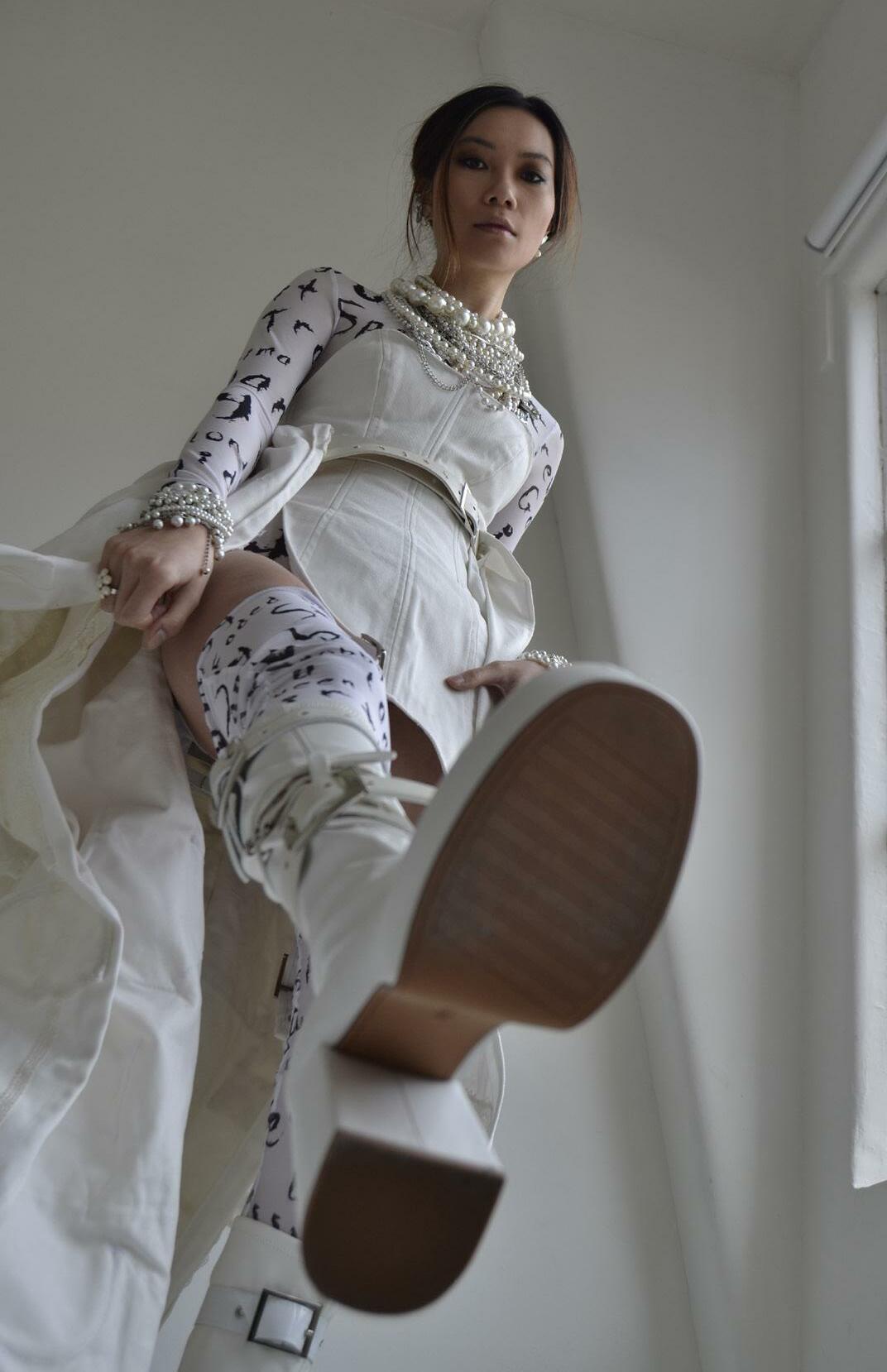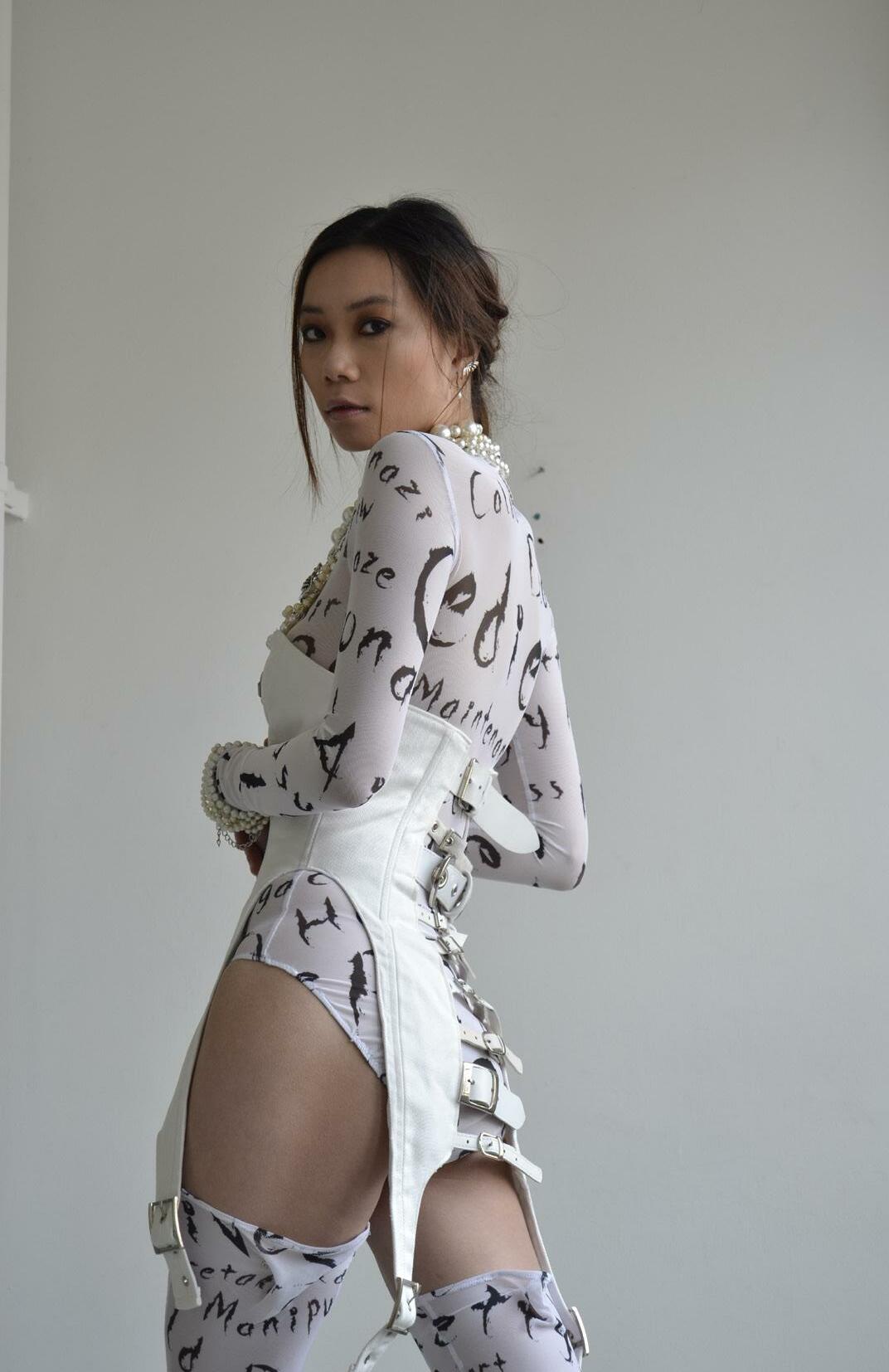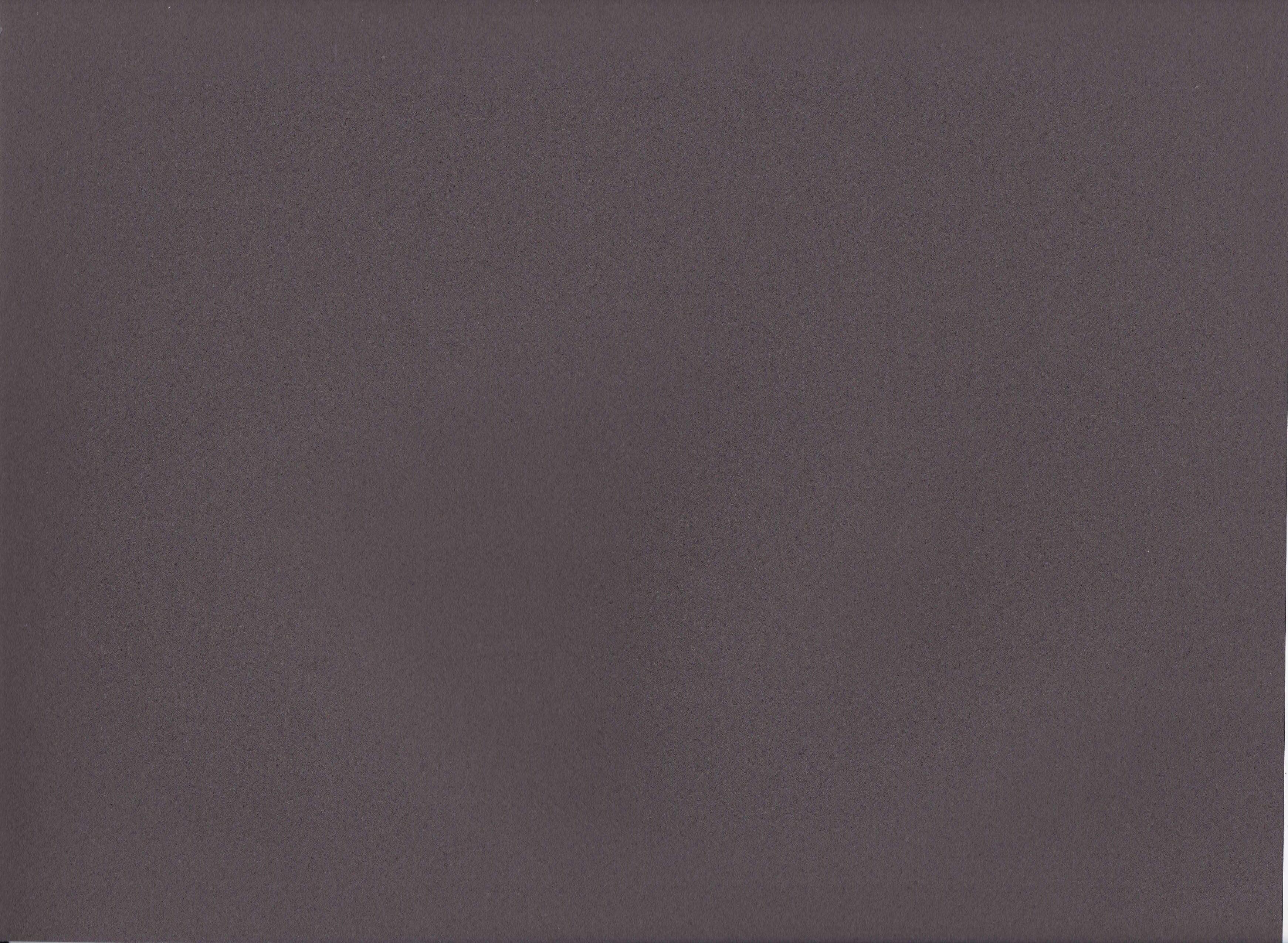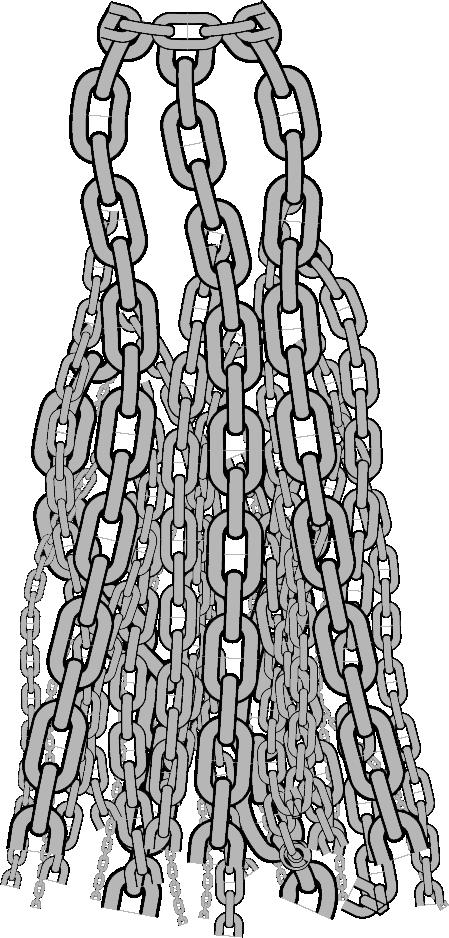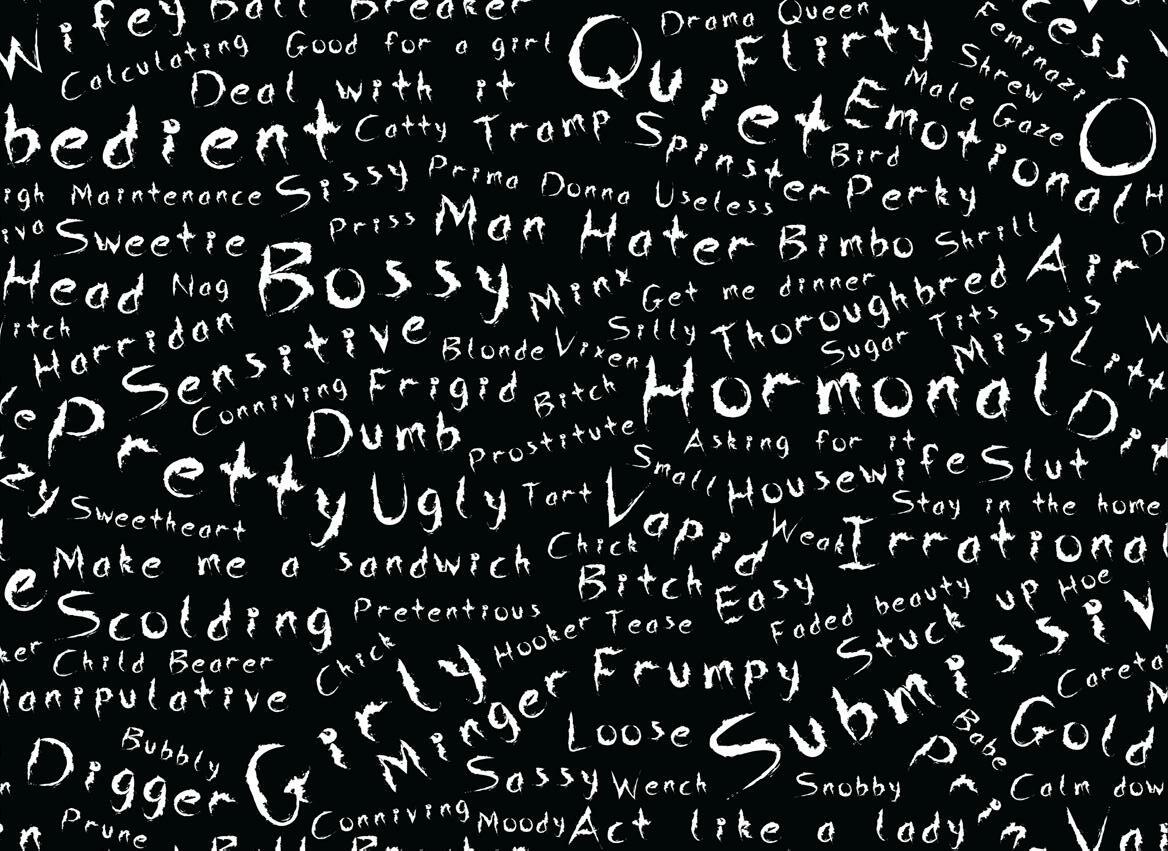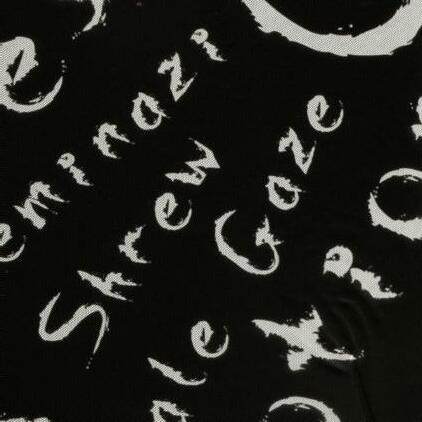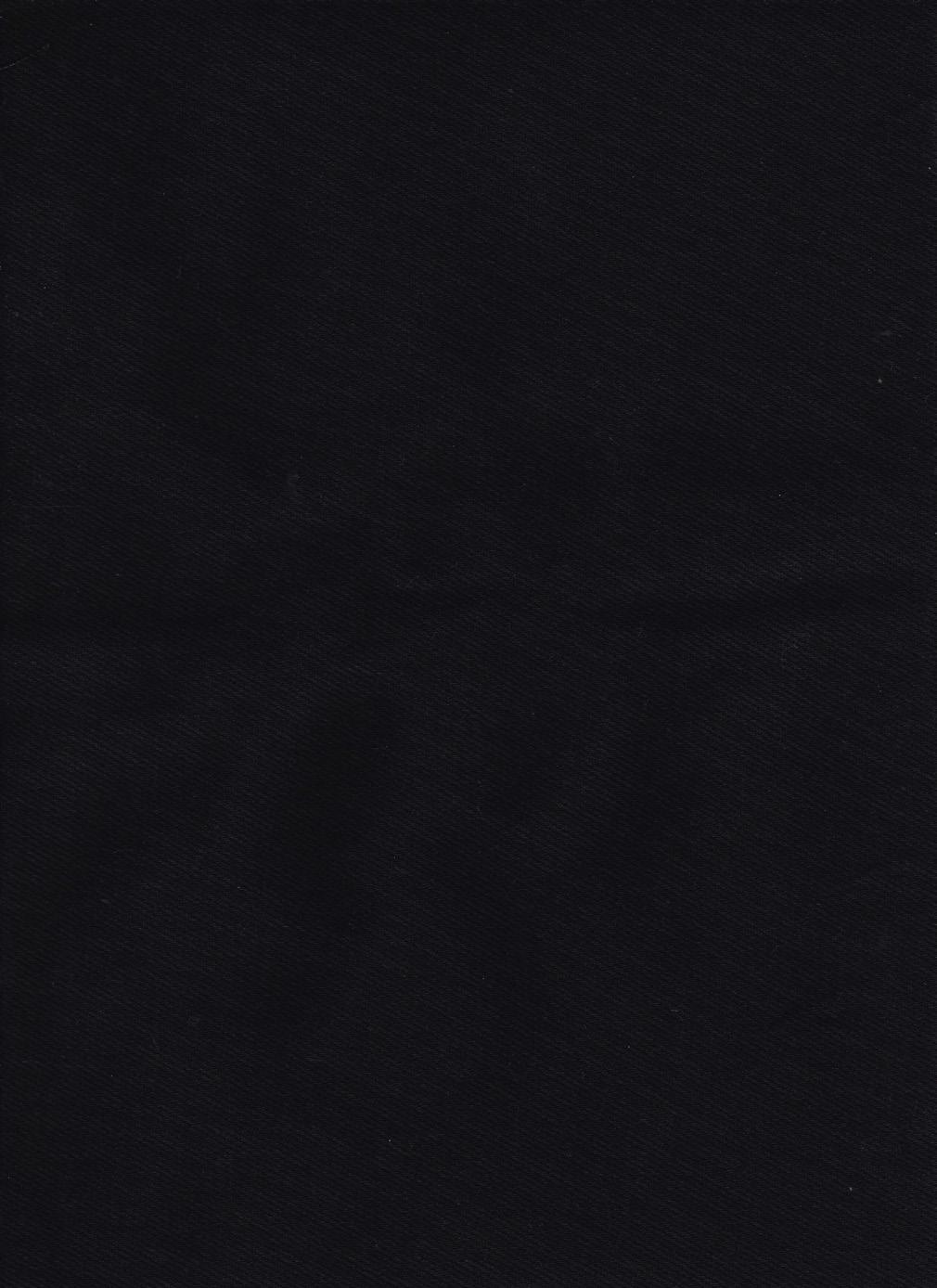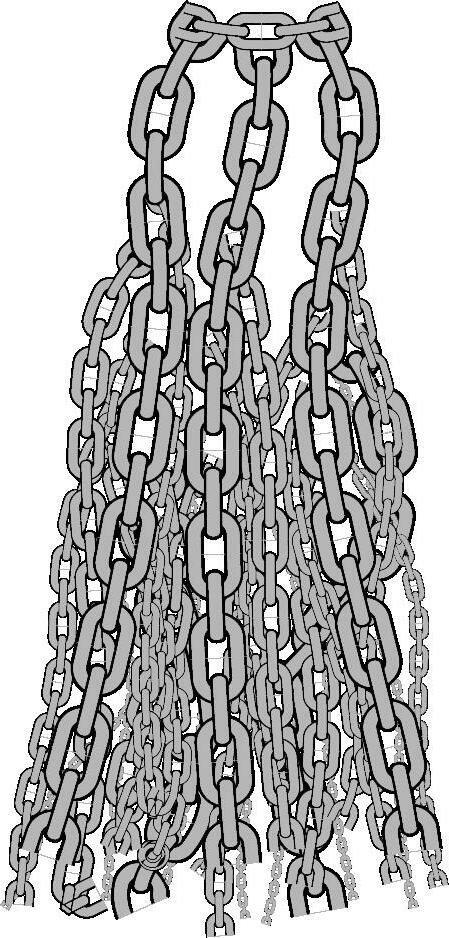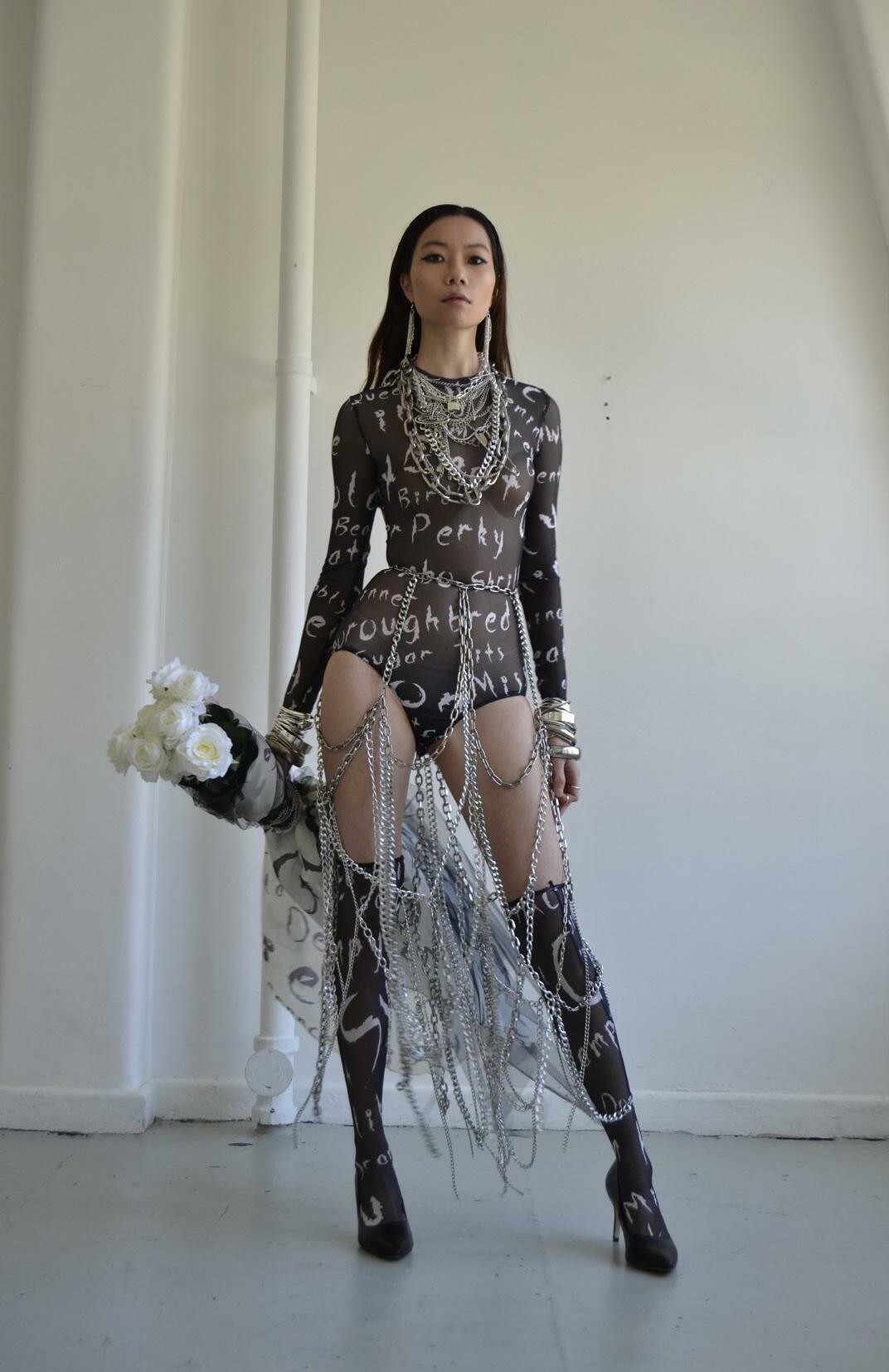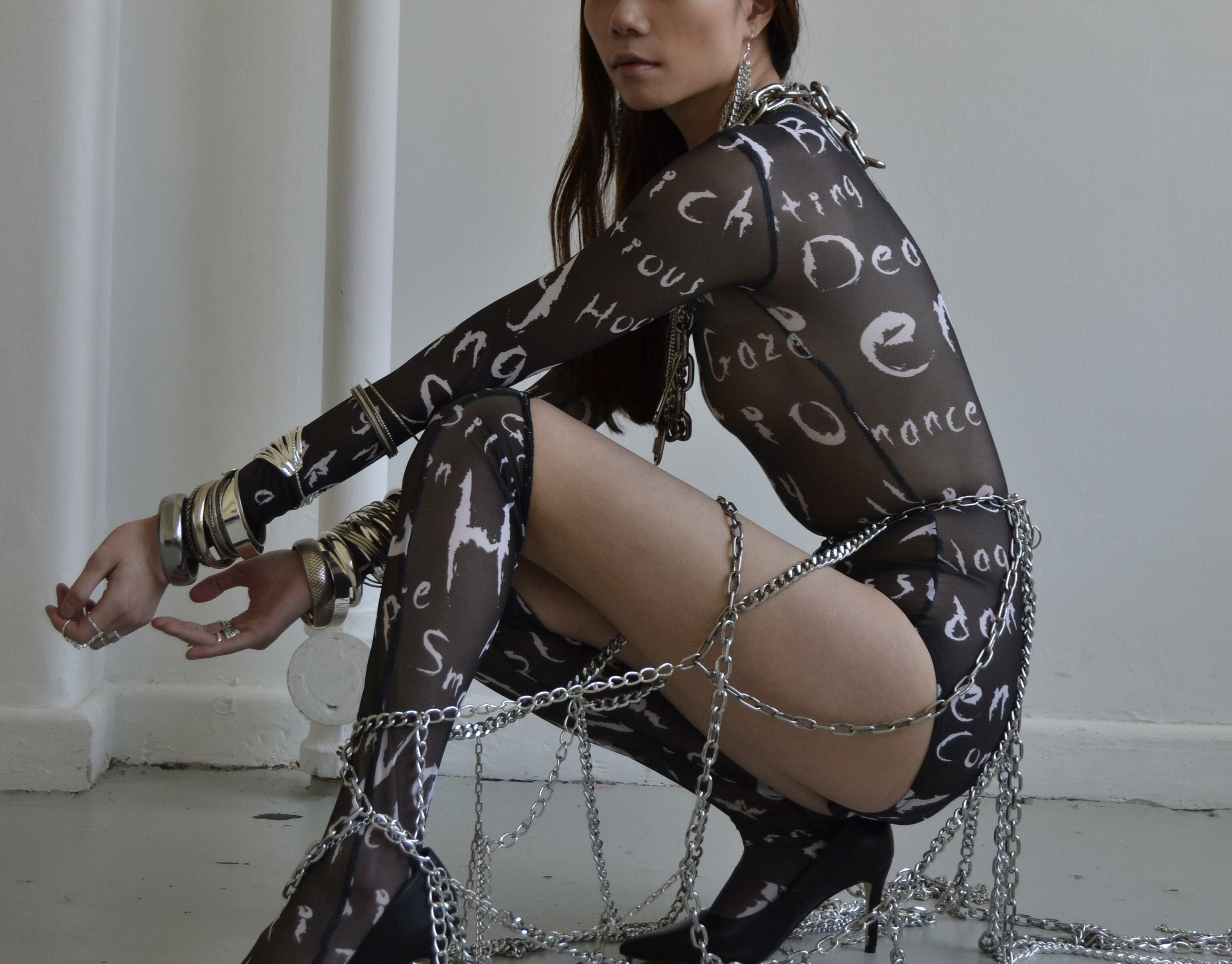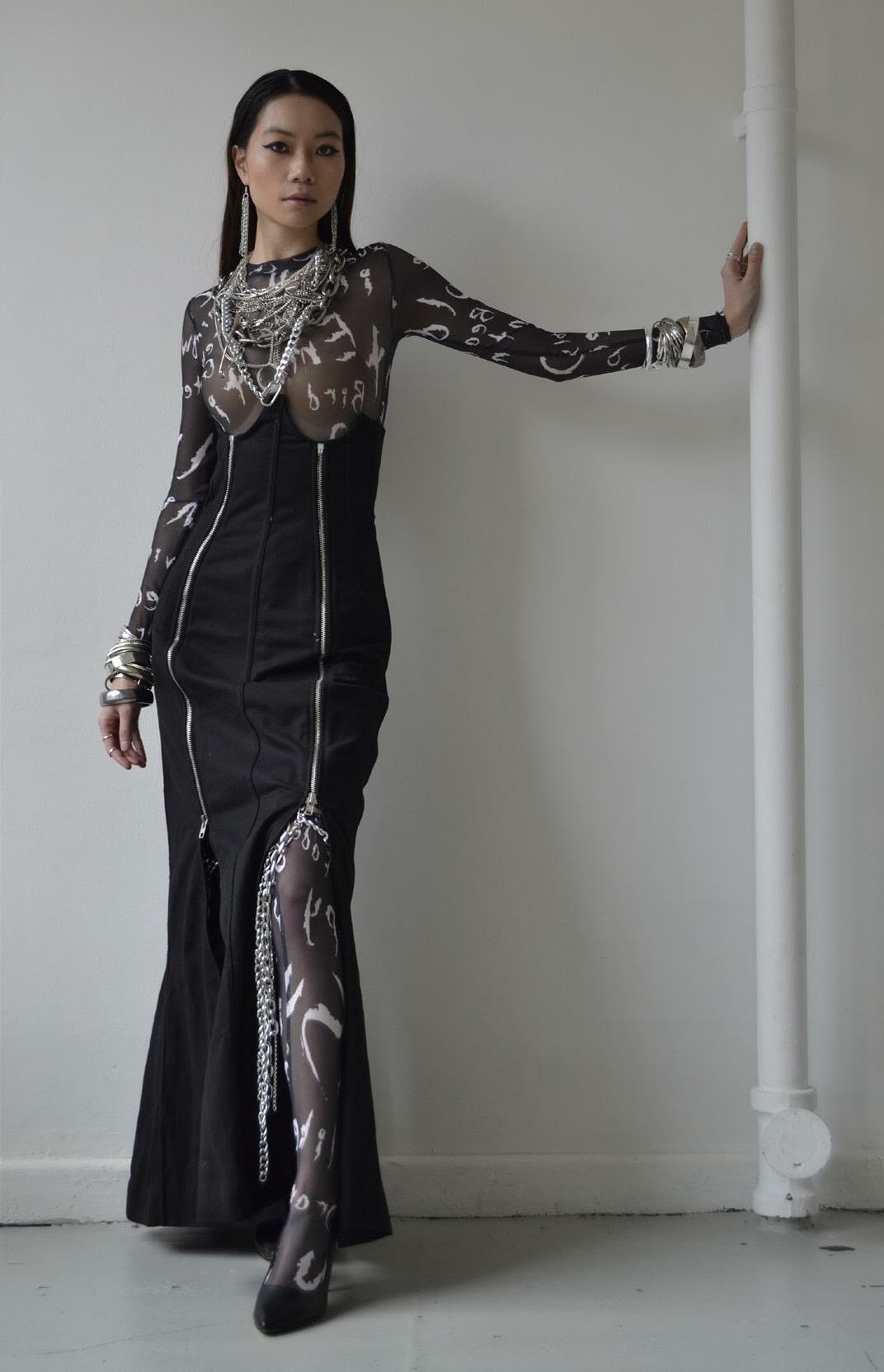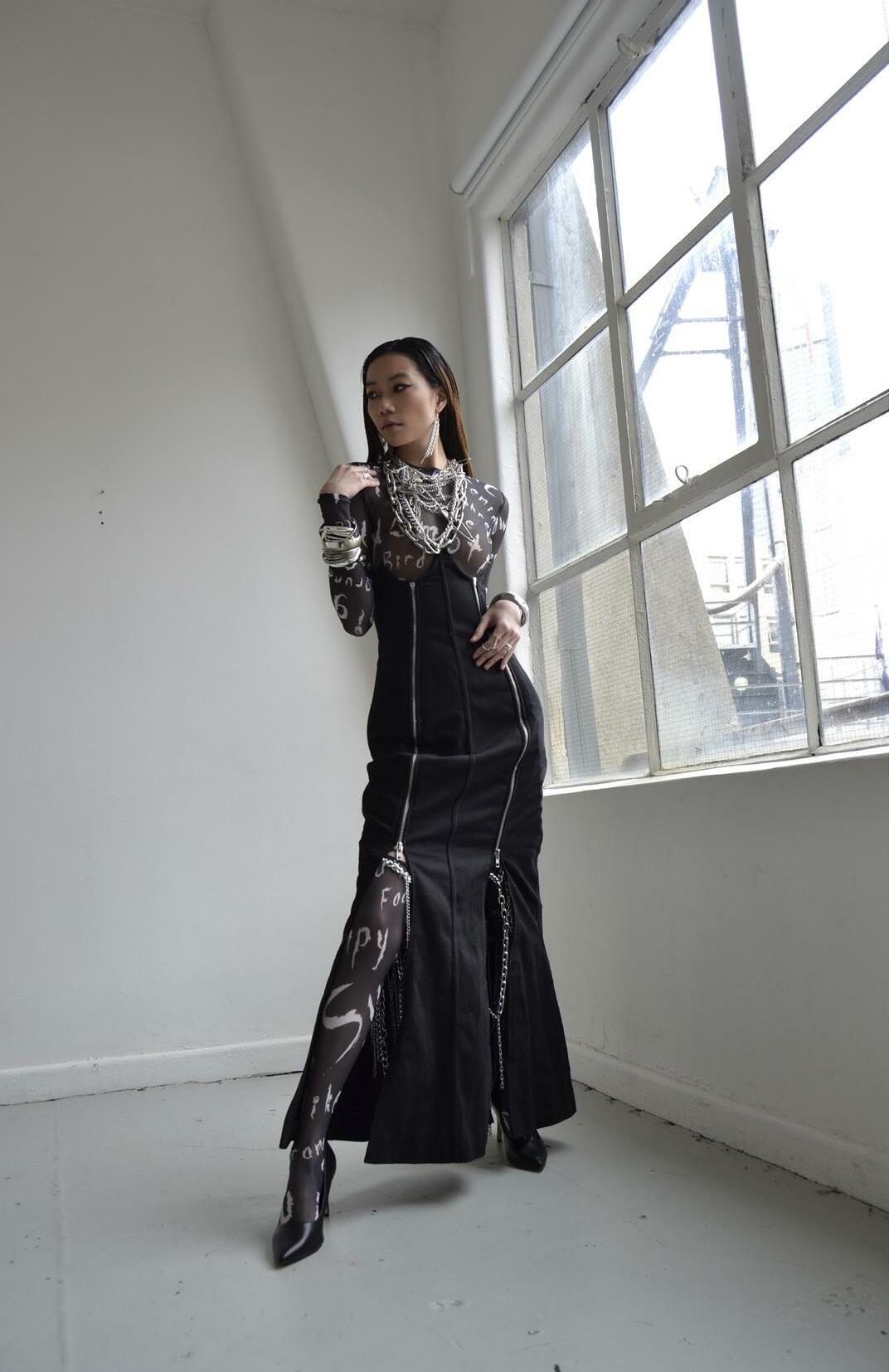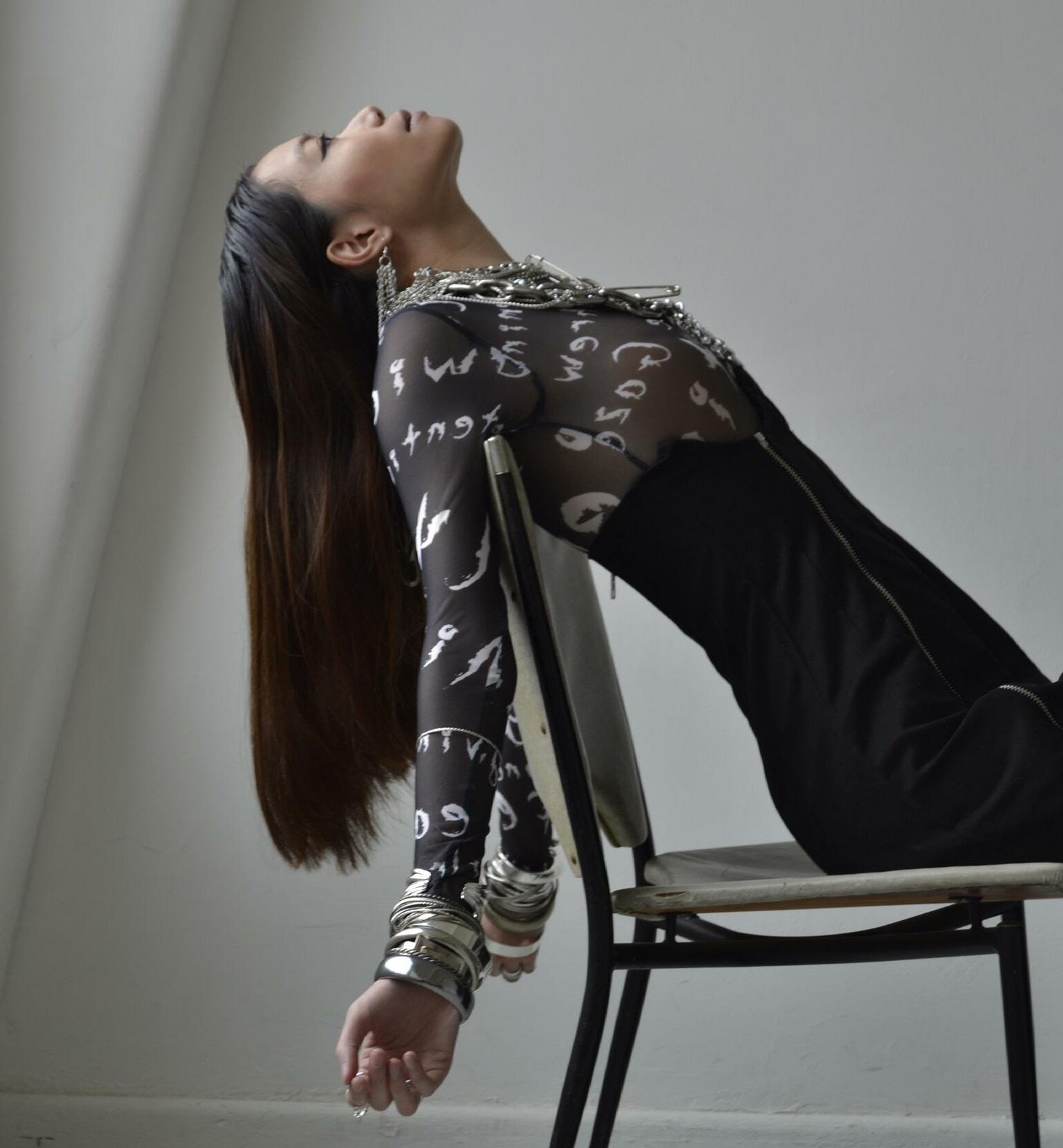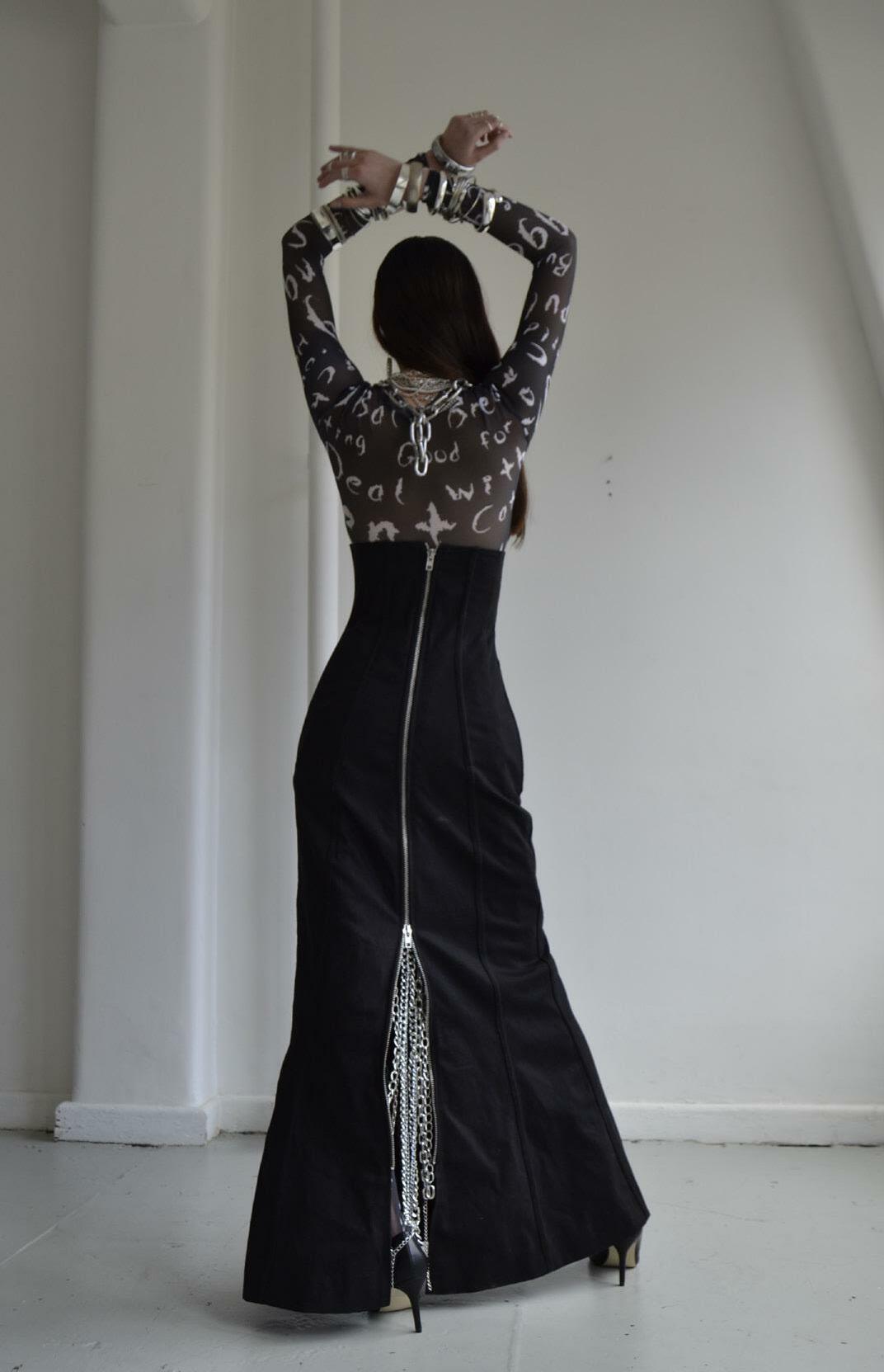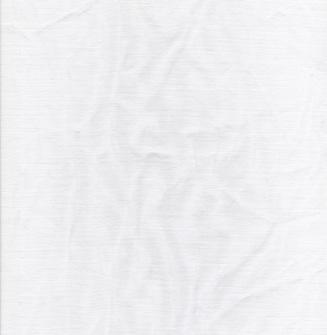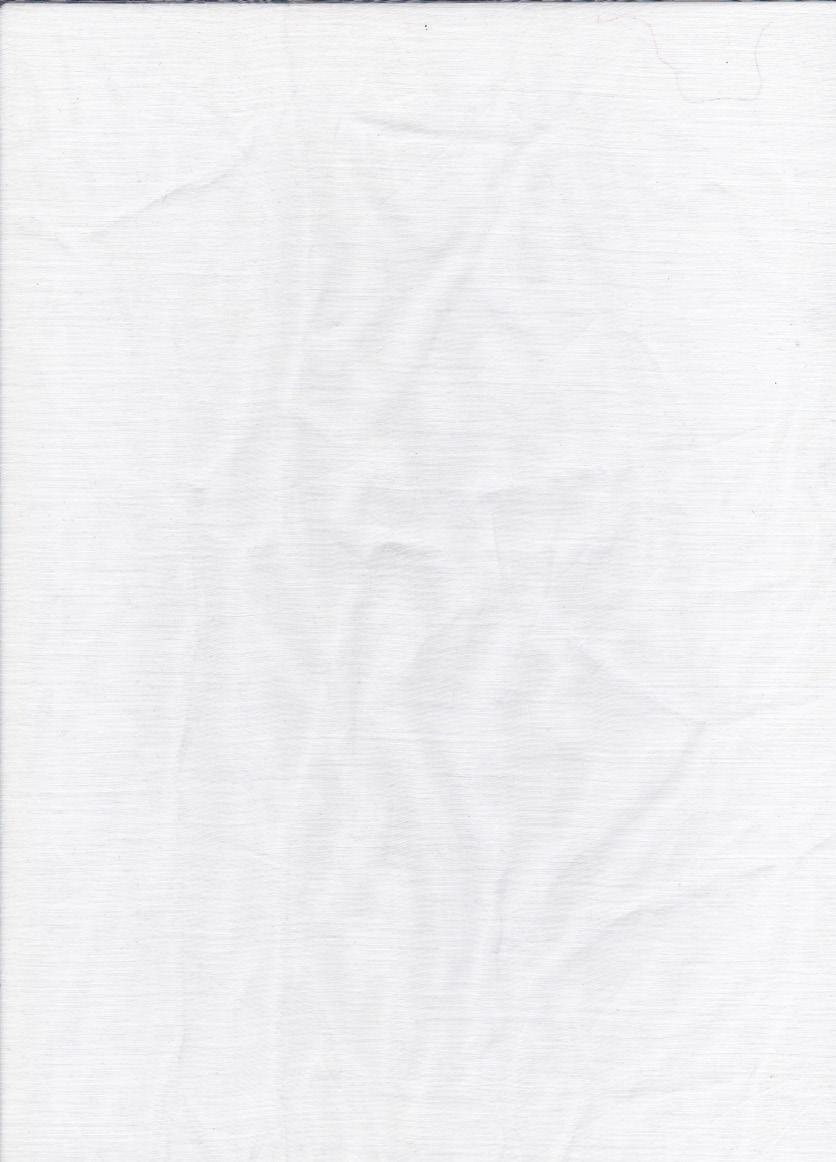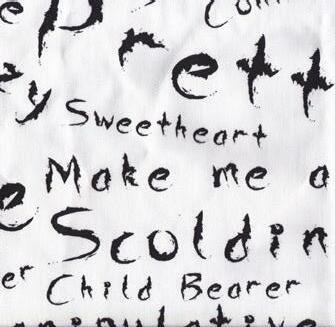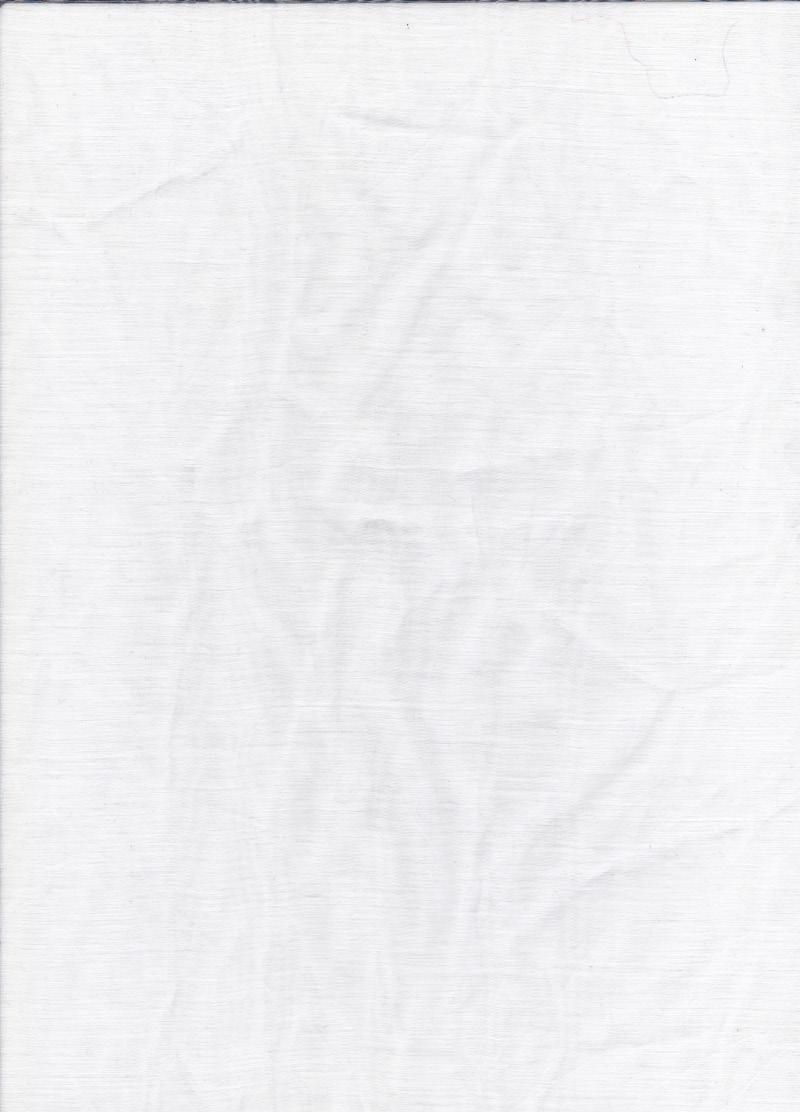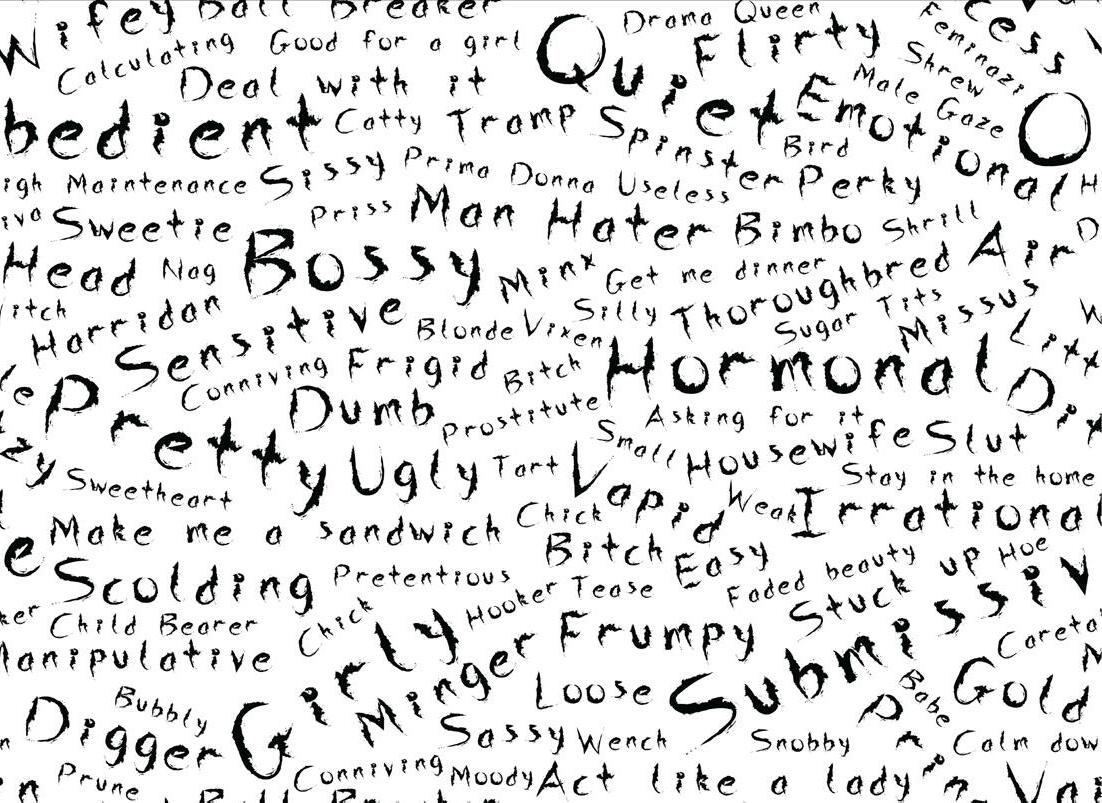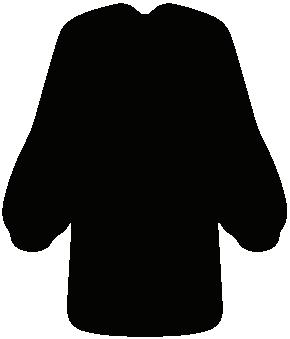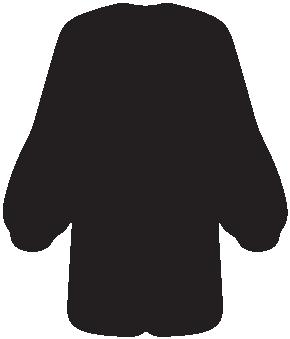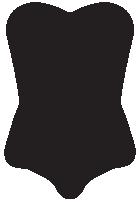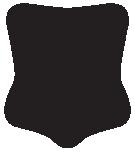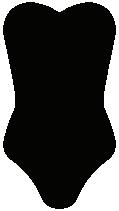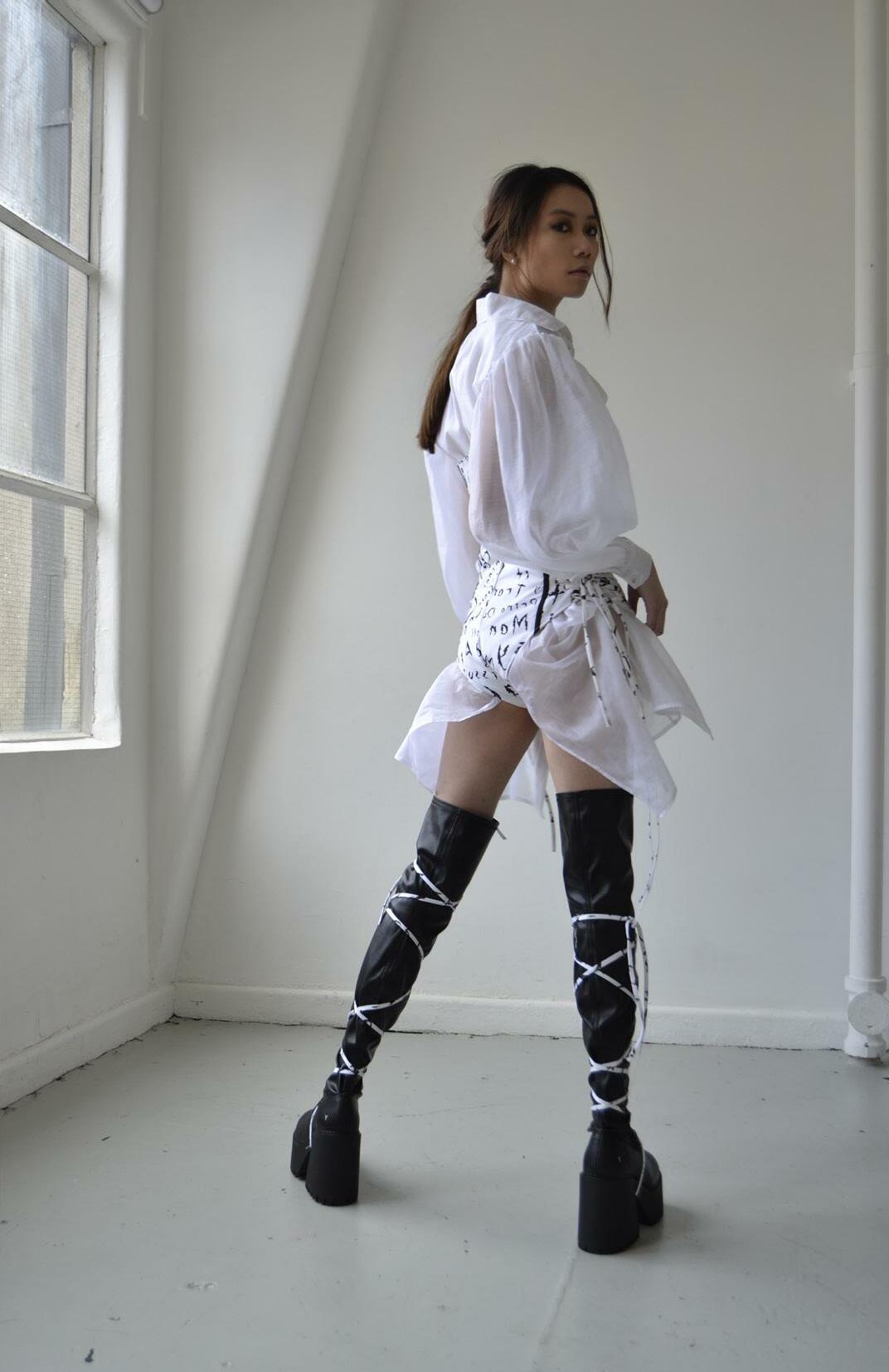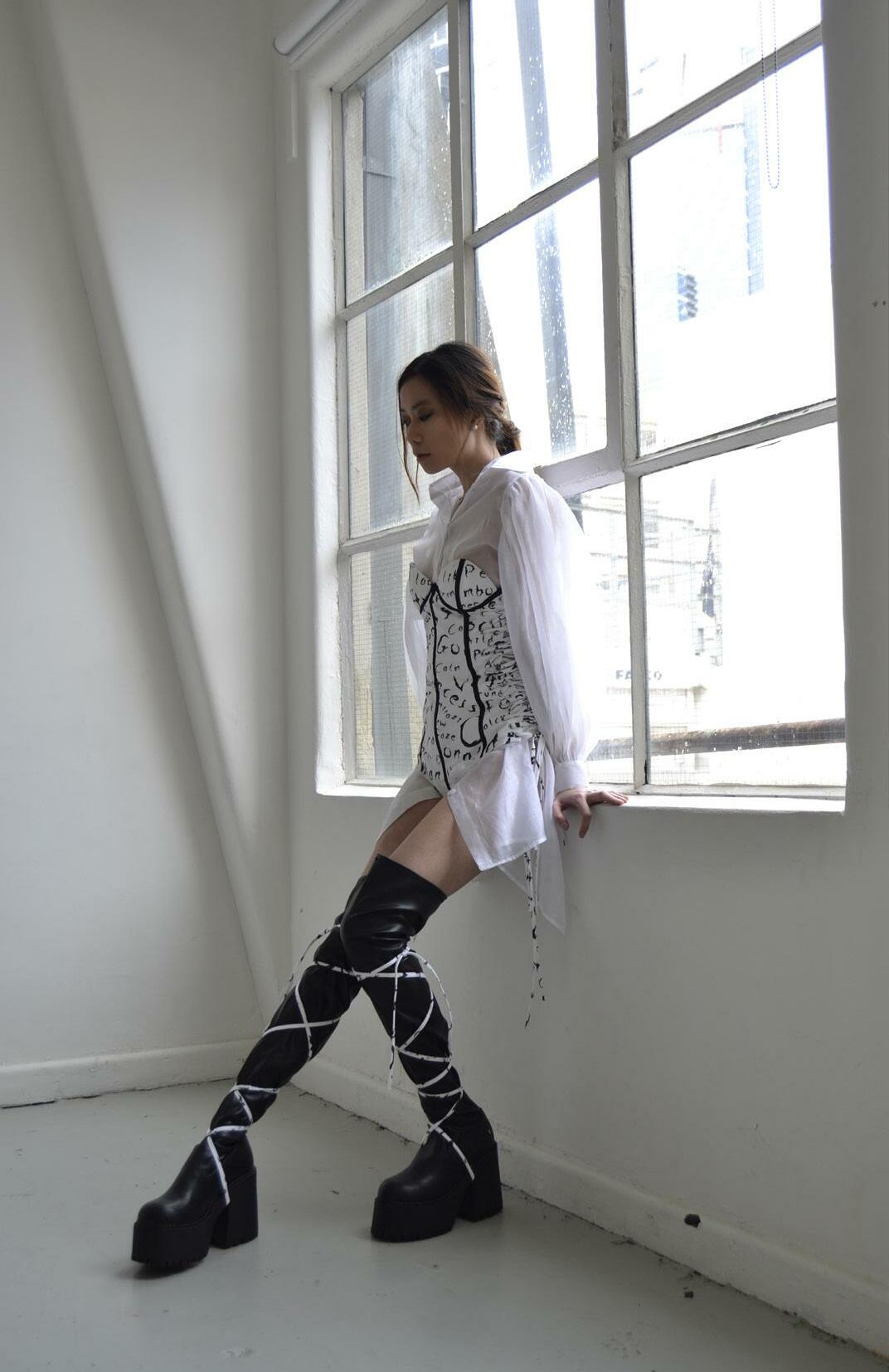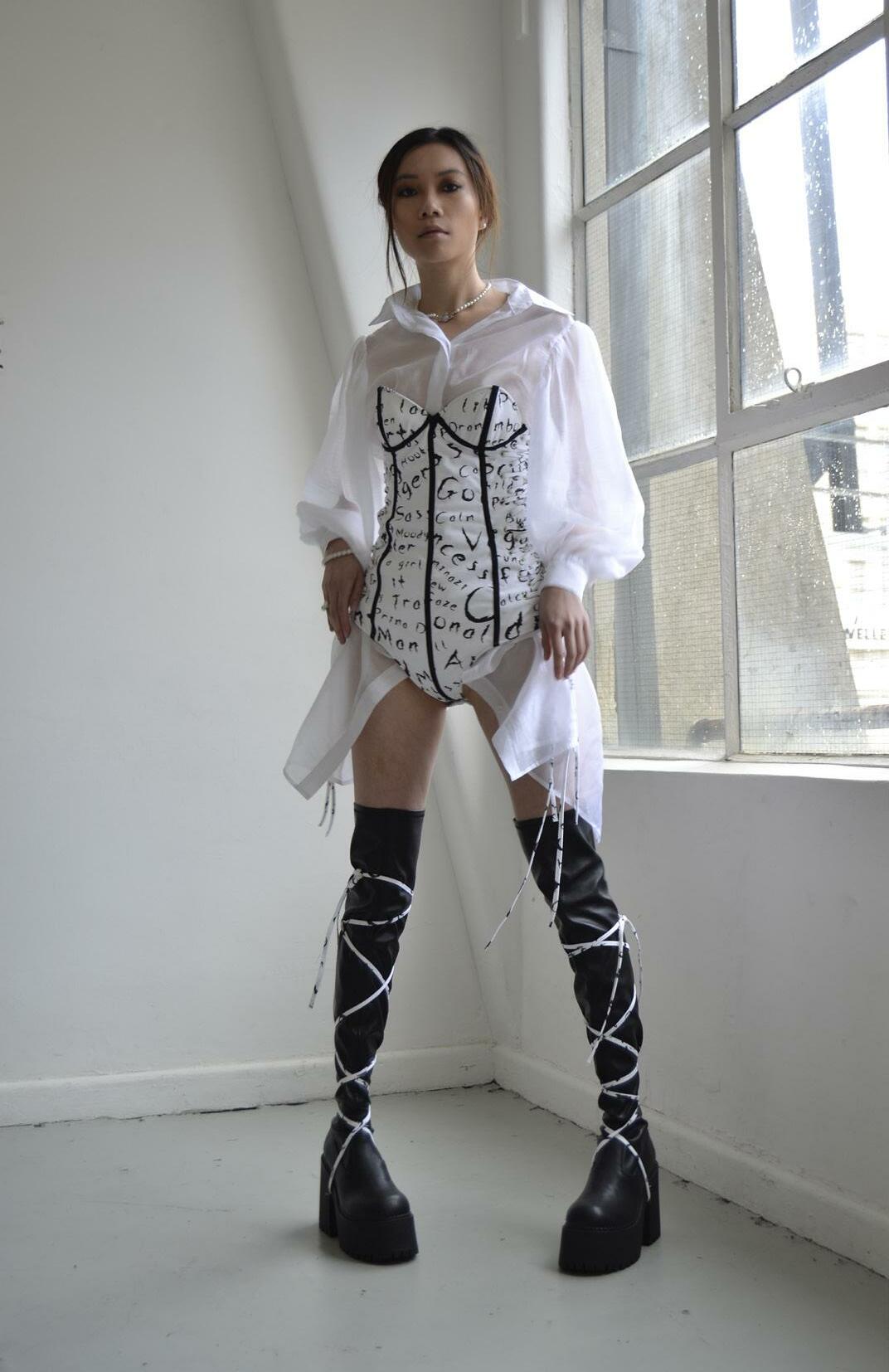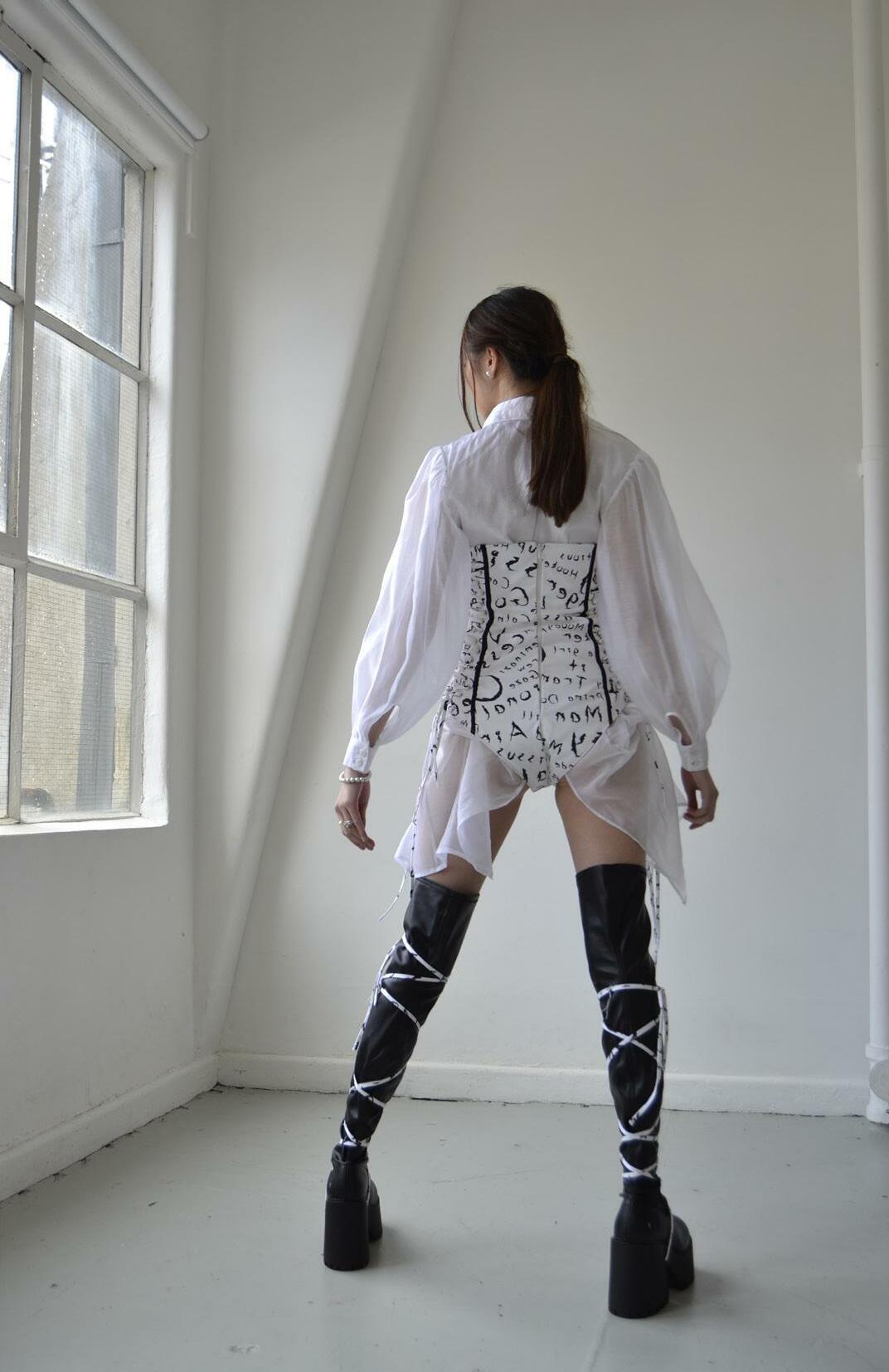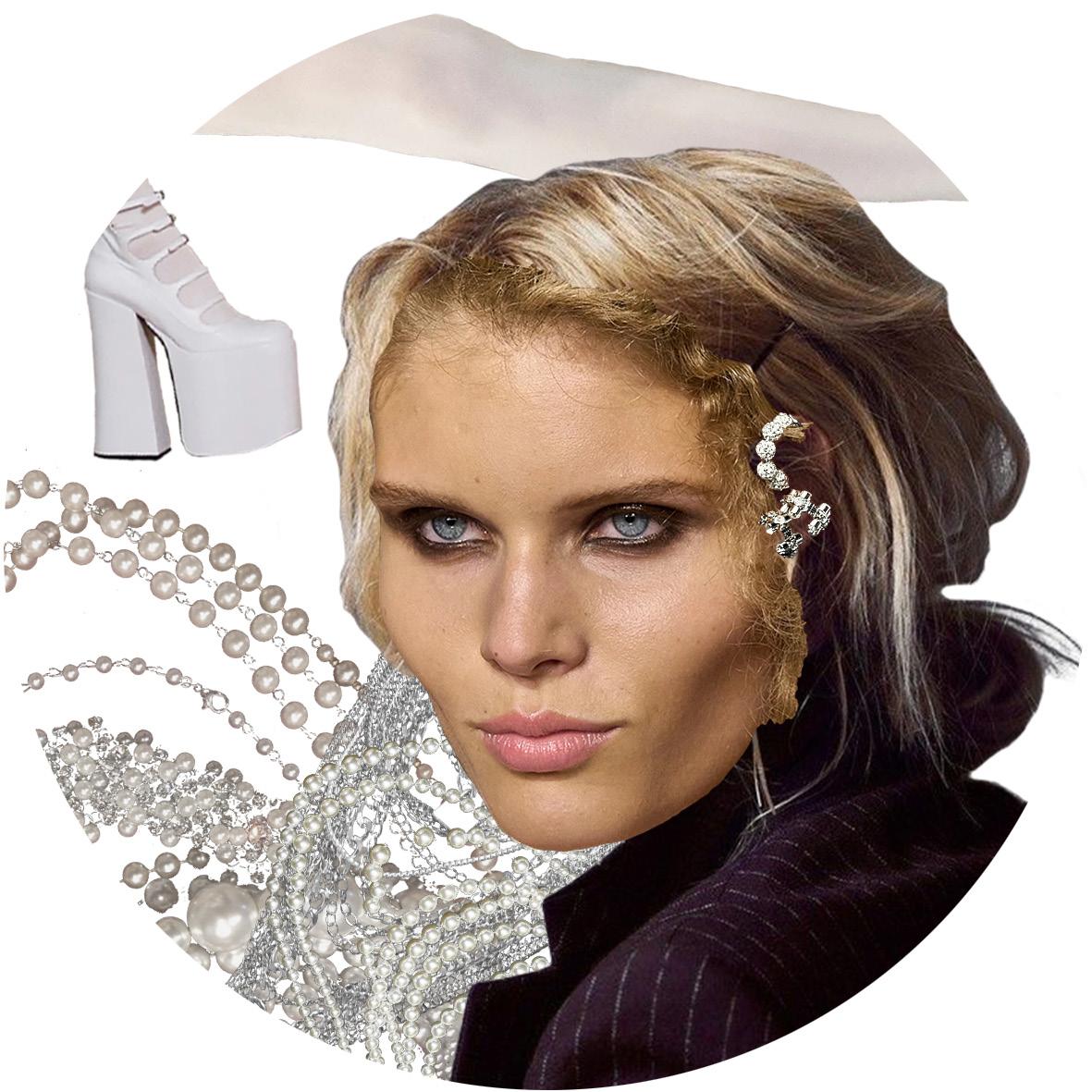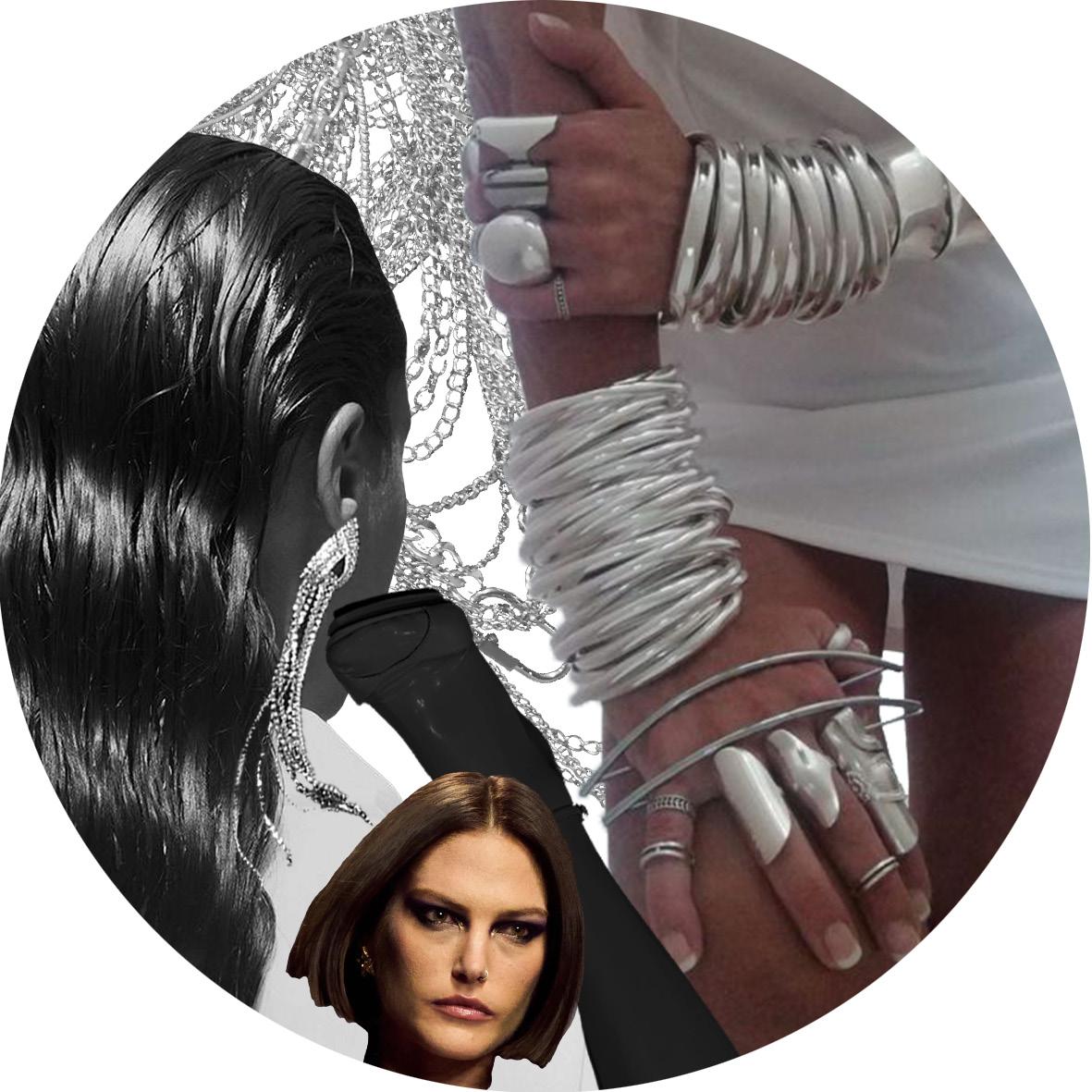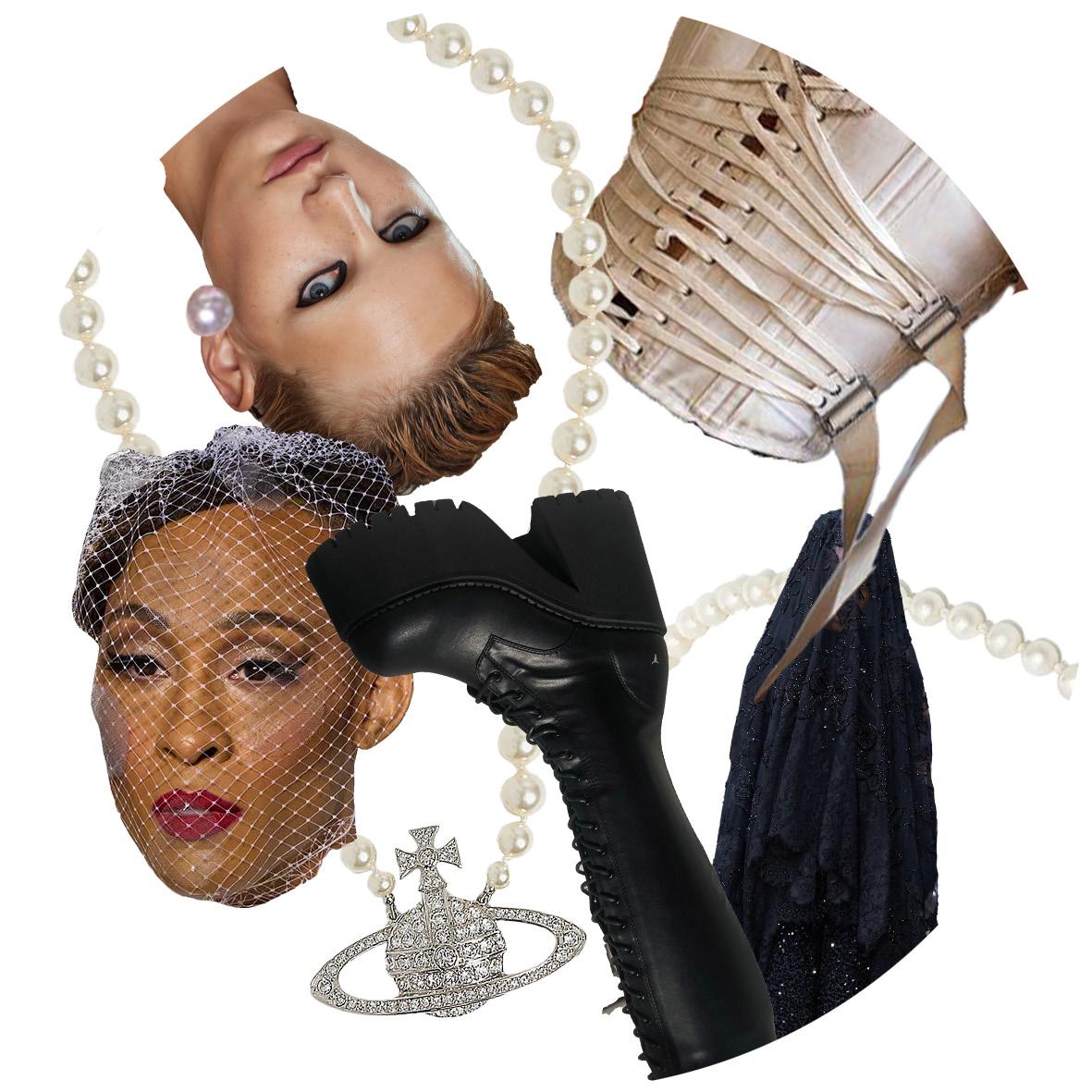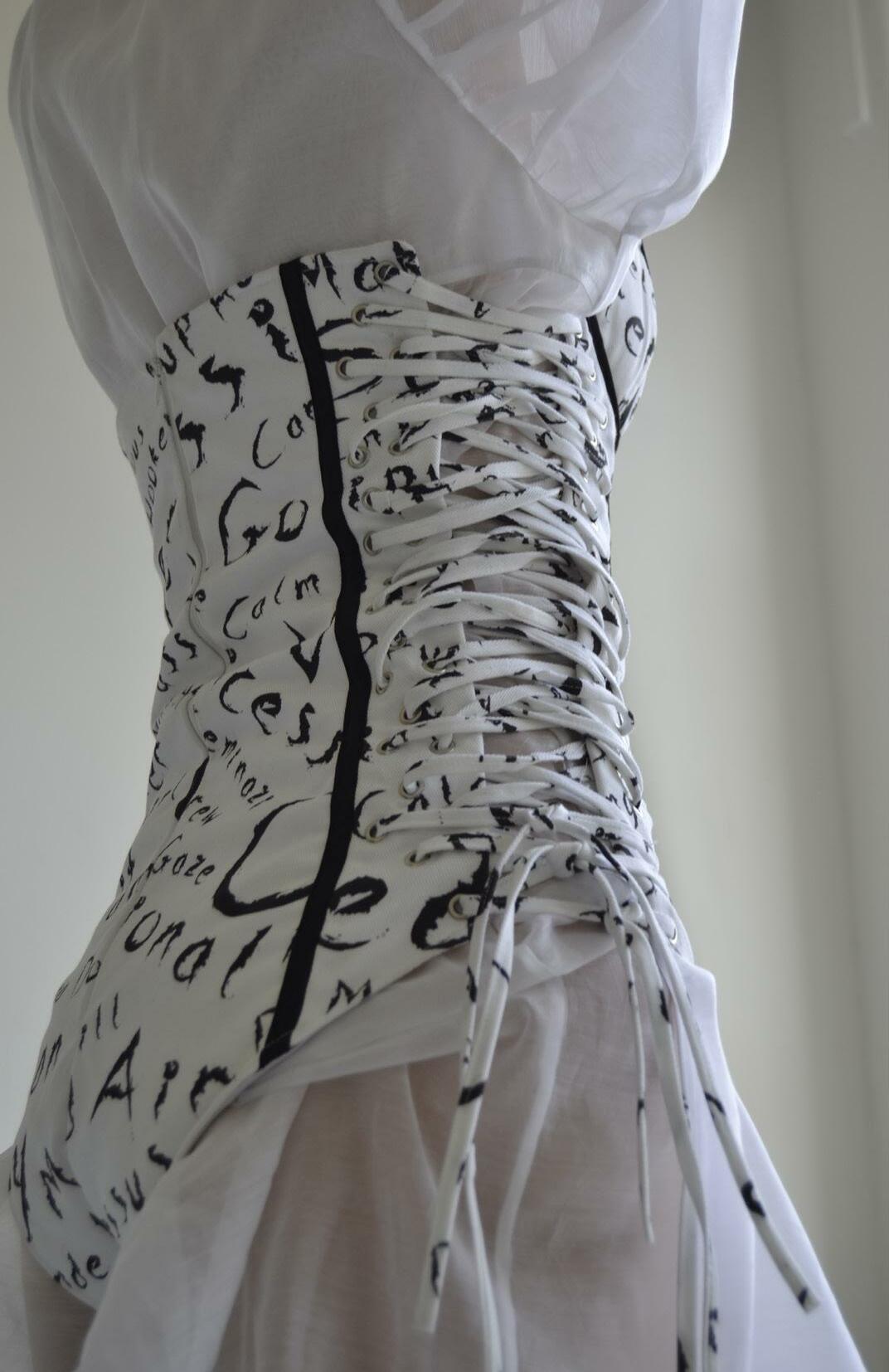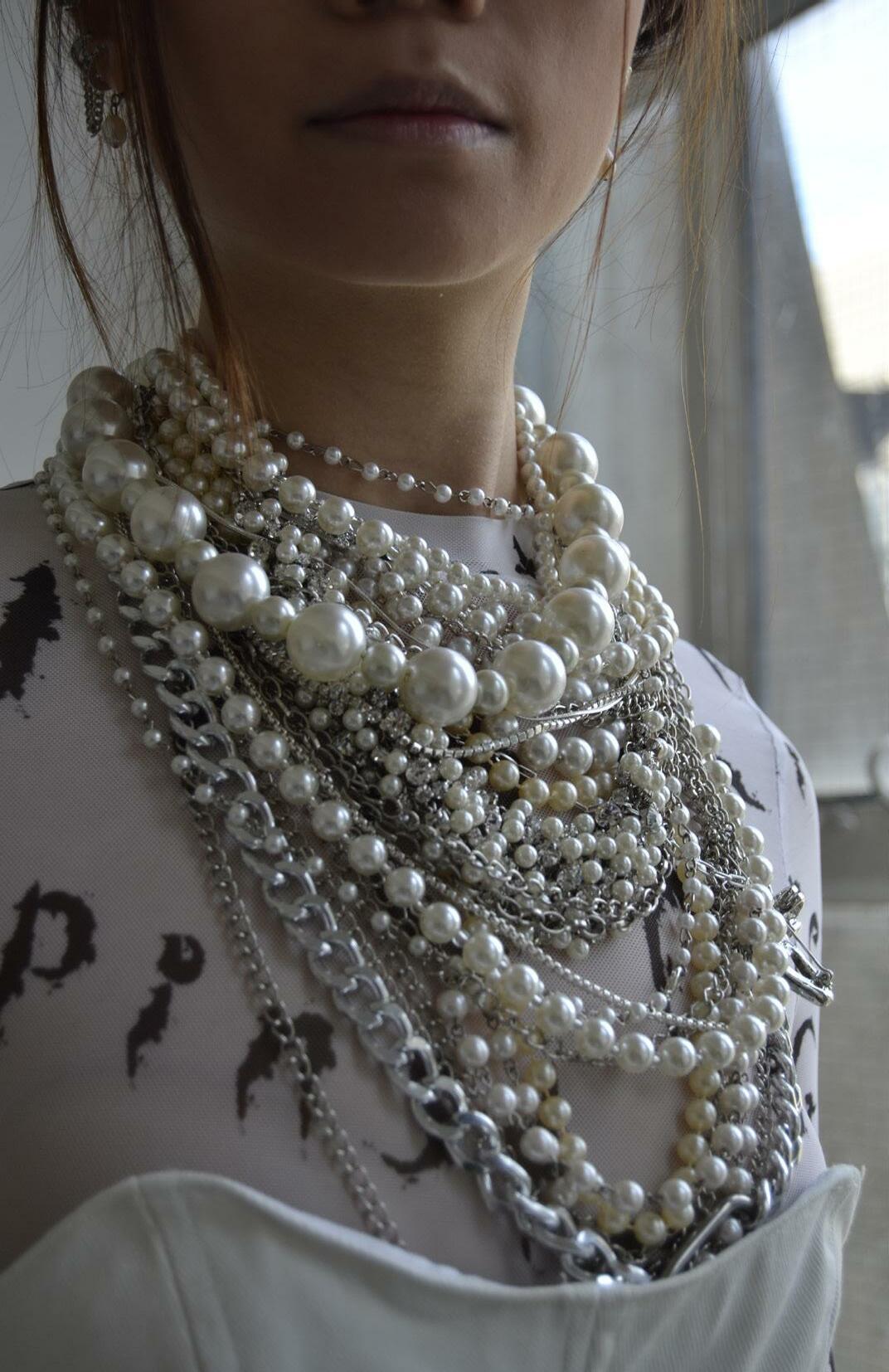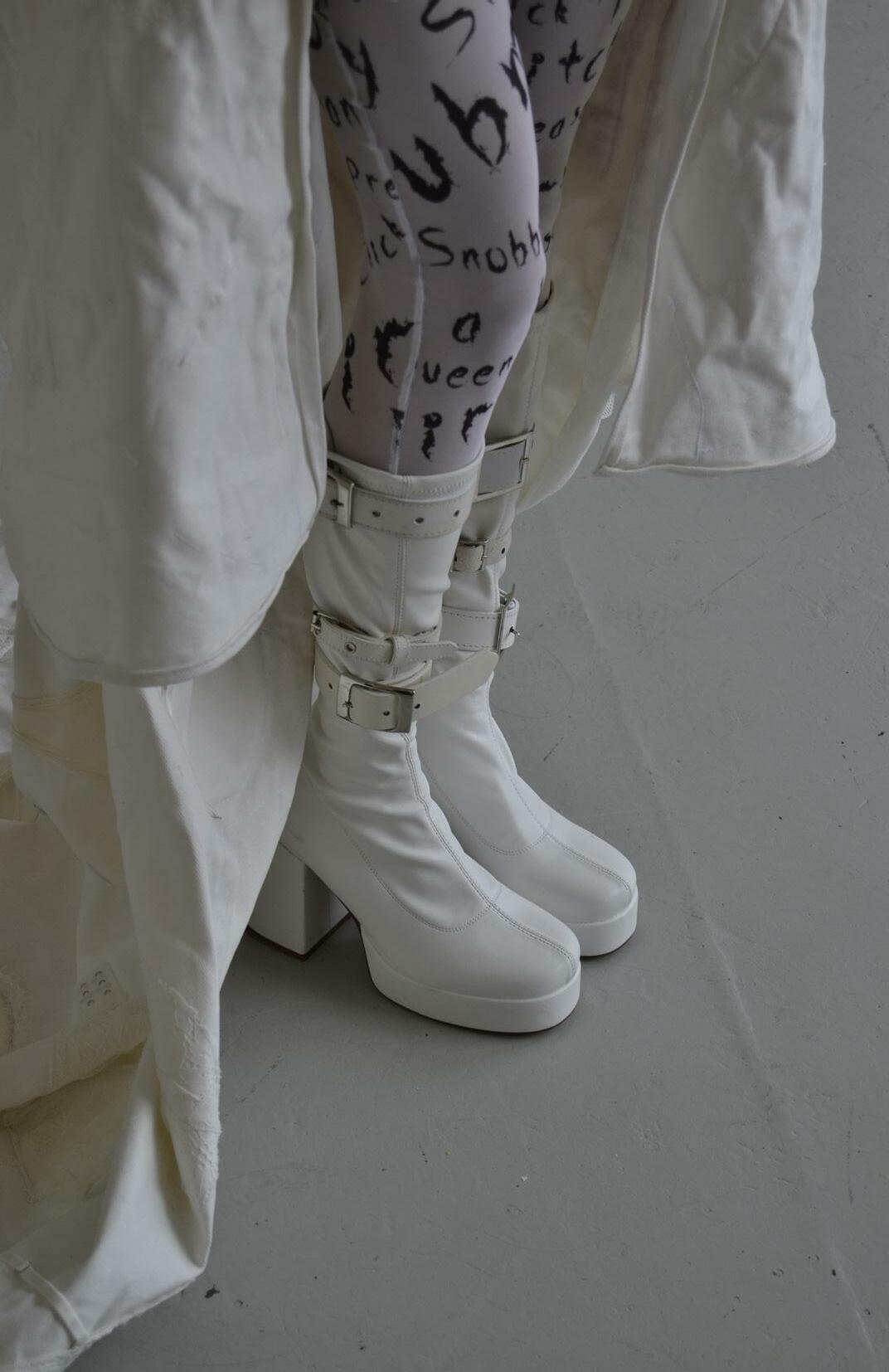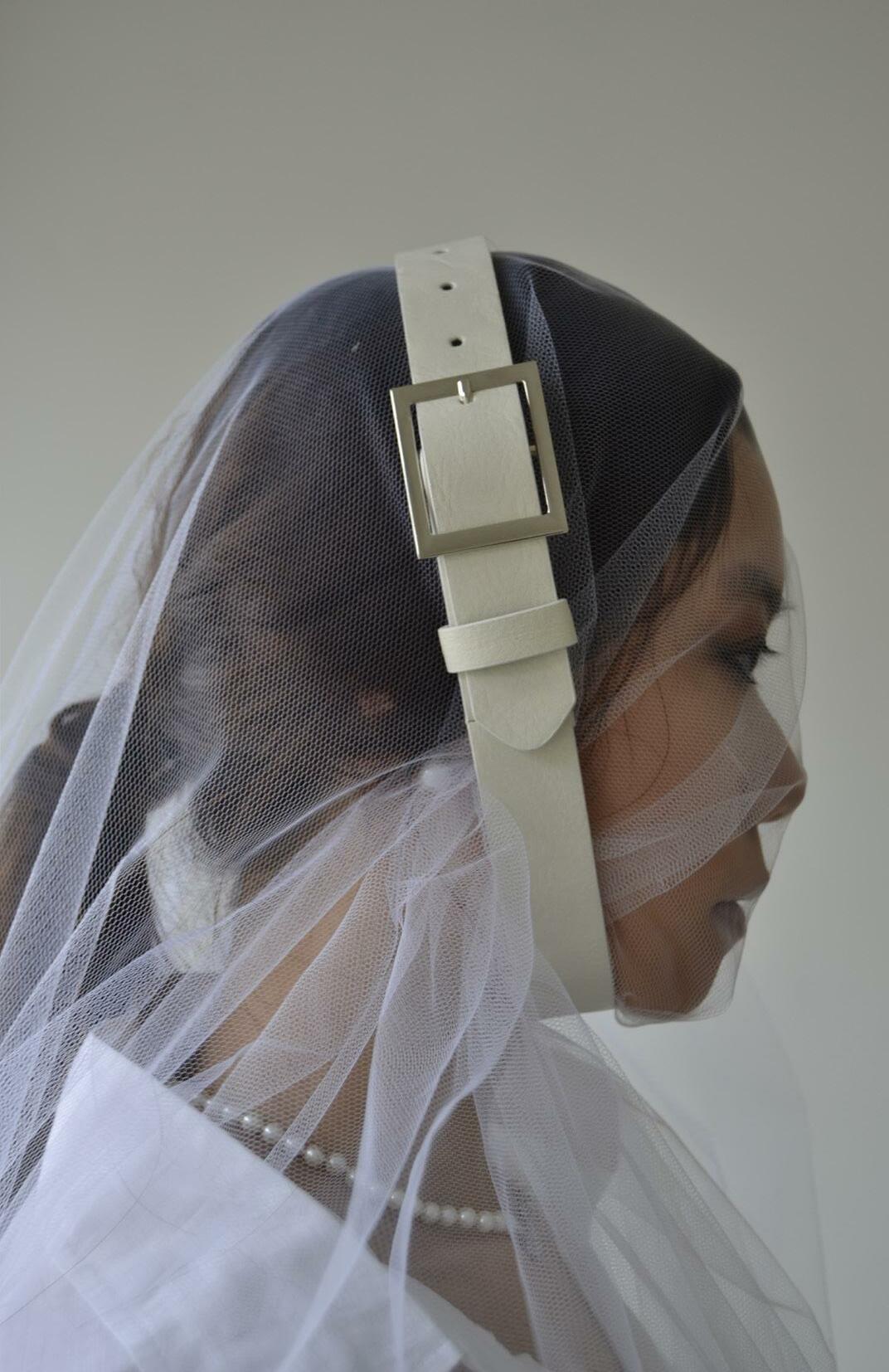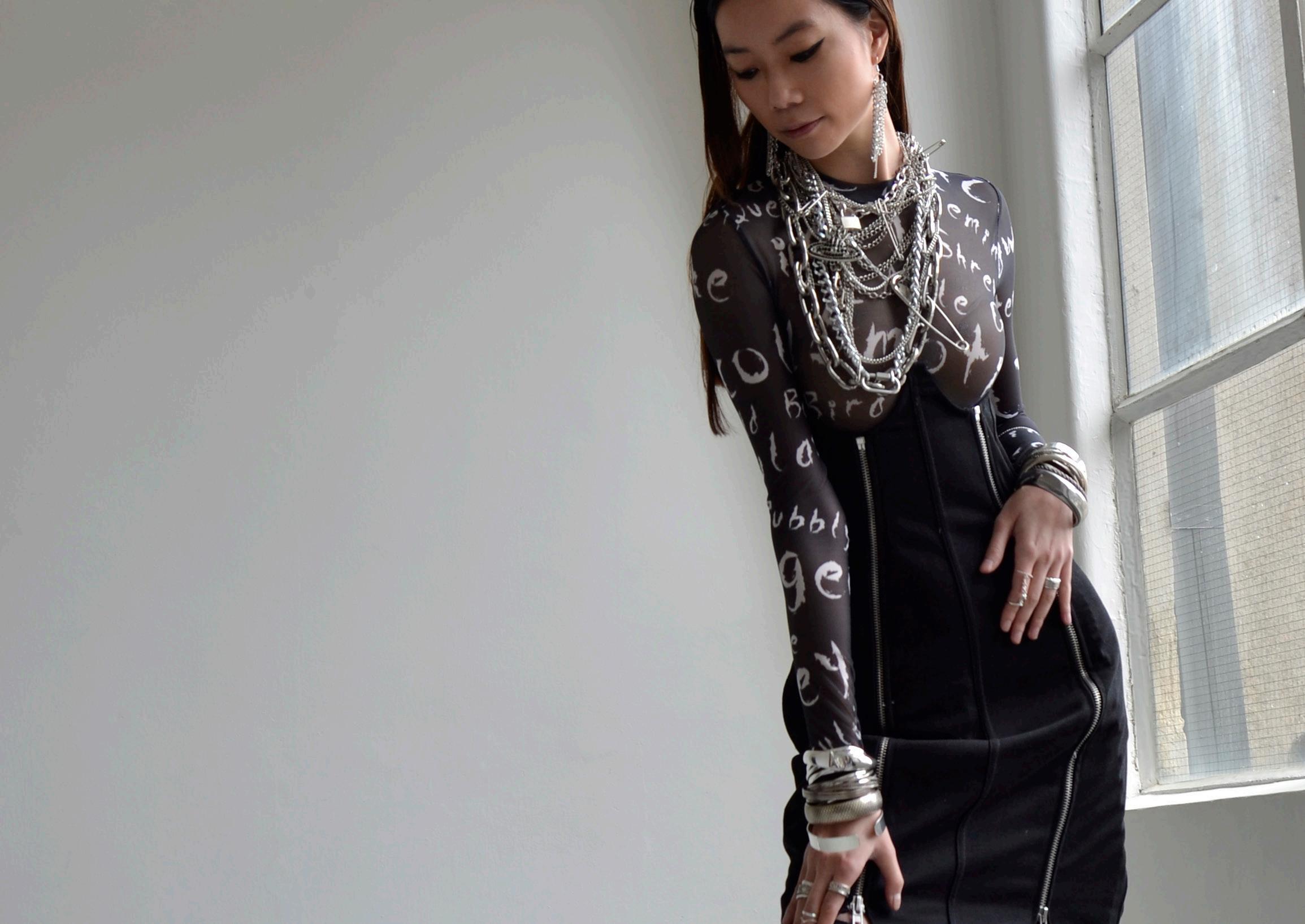GrRrLs GrRrLs
 Isabella Farrell - Graduate Collection
Isabella Farrell - Graduate Collection



Grrrls is inspired by feminist punk and the Riot Grrl movement of the 90s. This collection aims to explore the connections between punk and feminism and highlight the contribution of women to the punk movement.
The history of feminism is often broken-down into three waves each with different ideals and objectives. The First Wave advocated for the right to vote throughout the 1850’s till the 1910s while the Second Wave fought for equal work rights and sexual liberation during the 1960s and 1970s (Grady, 2018). The Riot Grrrl movement is often considered an integral part of Third Wave Feminism which aimed to dismantle damaging perceptions of women as well as fight against domestic violence and sexual abuse and took place during the 1990s (Grady, 2018).

Punk first emerged in the early 1970s as a counterculture fuelled by discontent with societal norms (Peacock 2021). It encapsulated more than just an aesthetic and was built around music scenes, personal identity and political ideology which transformed it from more than just a fashion movement into a lifestyle and belief system (Peacock 2021). Some punk beliefs include freedom of choice, DIY ethics and anti-establishment views which were often expressed through punk rock music, zines and fashion (Peacock 2021).
One pioneer of the punk movement and its fashion is Vivienne Westwood. Often called the ‘mother of punk’, Westwood opened up the boutique ‘Sex’ in 1974 with Malcom McLaren (Cartledge 2013). Over the next decade, the shop underwent many name changes but became the centre of the punk fashion scene in London, often providing clothes for the pioneering London punk band ‘The Sex Pistols’ which McLaren managed (Cartledge 2013). The clothes were inspired by S&M and bondage aesthetics and included many tropes of punk fashion including safety pins, studs, chains, distressed clothes and prints with bold political messages (Victoria and Albert Museum 2017). After parting ways with
McLaren in the 1980s, Westwood had a slew of successful shows during the 1990s which explored the use of corsetry as outerwear and how its once restrictive nature could be reinvented to bring liberation to women in the modern day (Victoria and Albert Museum 2017).
The Riot Grrrl movement began in Olympia Washington during the early 1990s and was led by Kathleen Hanna, the lead singer of Riot Grrrl band Bikini Kill (Jiji, 2021). Unlike the feminism of the past, the Riot Grrrl movement wanted to embrace femininity and girliness and reclaim the words and aesthetics for themselves. Typically, feminine clothes such as baby doll dresses and ‘girly’ colours such as pink and white were embraced as a way to redefine how femininity was viewed while misogynist words such as ‘bitch’ and ‘slut’ were used in the names of bands and songs as a way to reclaim their power in the name of women (Jiji, 2021). These ideas about sexism and the patriarchy were often passed through Riot Grrrl Zines which were handmade pamphlets that were often exchanged at Riot Grrrl concerts (Havlin, 2016). The Riot Grrrl movement is a prime example of the intersection between feminism and punk. The influence of punk in the Riot Grrrl movement can be seen though how garagerock style music and controversial clothing was used to convey a political message advocating for equality and individual freedom.
This collection aims to use punk aesthetics to expose society’s treat ment of women through the archetype of a wedding dress. By repur posing lingerie items that have had contradicting meanings of purity and immorality throughout history such as white lace bras, corsets and body-hugging silhouettes, the hypocrisy of gender expectations and double standards is exposed. The traditional wedding dress silhouette has been deconstructed in each body to highlight how society’s ex pectations of women are limiting. An original font has been designed for this collection which utilizes traditional chaotic punk typography aesthetics. This font has been used to create the original print for this collection which utilises common misogynistic words and phrases that




women hear every day. The content and typography of the print aim to emphasise the ugly oppression that women face daily in a patriarchal society. Additionally, thrifted bras were recycled to create an original texture for this collection. During Second Wave Feminism, bras be came a tangible symbol of the abstract nature of female oppression as they were seen as a physical restriction of the female body for the male gaze. To create the original texture for this collection, donated white lace bras were literally deconstructed in order to figuratively dismantle feminine oppression. Denim was featured heavily in this collection due to its strong ties to the punk aesthetic but also for its stark contrast to traditional bridal fabrics such as lace, tulle and satin which are often soft and flowy compared to the thick rigidness that denim provides. Other popular punk characteristics were also adopt ed including chains, belts and lace ups to highlight the constraints that women experience in a patriarchal society. The colour palette for this collection was also heavily inspired by its concept. As the tradi tional colour of brides for its connotations of purity and innocence, white features heavily. By creating unconventional punk-inspired wed ding dresses, these connotations are contradicted thus highlighting the duplicity of feminine gender construction. Black, the antithesis of white, was also used as in the context of feminine wedding wear, it further highlights the opposing nature of feminine stereotypes.















